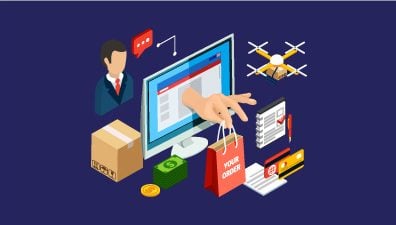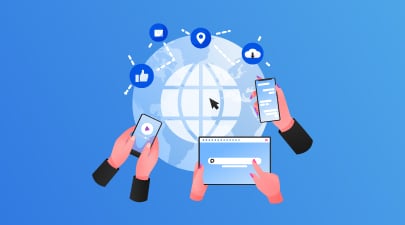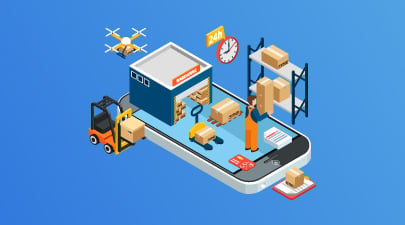In today’s retail landscape, the distinction between online and offline shopping experiences is increasingly blurred, thanks to the advent and proliferation of Omnichannel Retailing. At its core, omnichannel retailing is about providing customers with a seamless and integrated shopping experience, regardless of whether they’re browsing from a mobile device, shopping online from a desktop, or walking into a physical store.
This blog post aims to dive deep into the world of omnichannel retailing, showcasing some of the best omnichannel examples from across the globe. Through detailed case studies of leading retail giants, fashion moguls, specialty retailers, and grocery chains, we will explore the innovative strategies and technologies that have set these companies apart in their omnichannel endeavors. From leveraging artificial intelligence and augmented reality to creating seamless online-to-offline customer experiences, these omnichannel retail examples will provide valuable insights into how omnichannel retailing can be effectively implemented to enhance customer satisfaction and drive business growth.
Table of Contents
- 12 Best Omnichannel Retail Examples
- Best Omnichannel Retail Examples: Amazon
- Best Omnichannel Retail Examples: Target
- Best Omnichannel Retail Examples: Walgreens
- Best Omnichannel Retail Examples: Sephora
- Best Omnichannel Retail Examples: Nike
- Best Omnichannel Retail Examples: Zara
- Best Omnichannel Retail Examples: IKEA
- Best Omnichannel Retail Examples: Best Buy
- Best Omnichannel Retail Examples: Costco
- Best Omnichannel Retail Examples: Whole Foods
- Best Omnichannel Retail Examples: Alibaba
- Best Omnichannel Retail Examples: Uniqlo
- Lessons Learned and Best Practices from Omnichannel Retail Examples
- Core Components of Successful Omnichannel Retailing
- The Future of Omnichannel Retailing
- Conclusion for the best Omnichannel Retail Examples
12 Best Omnichannel Retail Examples
Now that we have a brief understanding of what is omnichannel retail and what makes an omnichannel retail approach successful, let’s examine some of the best omnichannel retail examples – and see how they did it.
Best Omnichannel Retail Examples: Amazon
Amazon stands as one of the best omnichannel retail examples, pioneering many of the strategies that have now become industry standards. Its journey from an online bookstore to the world’s largest online retailer is a testament to its innovative approaches and relentless focus on customer experience, leveraging technology and data analytics to seamlessly integrate online and offline channels.
Overview
Amazon’s evolution into one of the best omnichannel retail examples is characterized by its adoption of technology-driven solutions that blur the lines between physical and digital shopping environments. The company’s success is built on a customer-centric philosophy, which is evident in its seamless shopping experience, personalized product recommendations, and efficient logistics and fulfillment network.
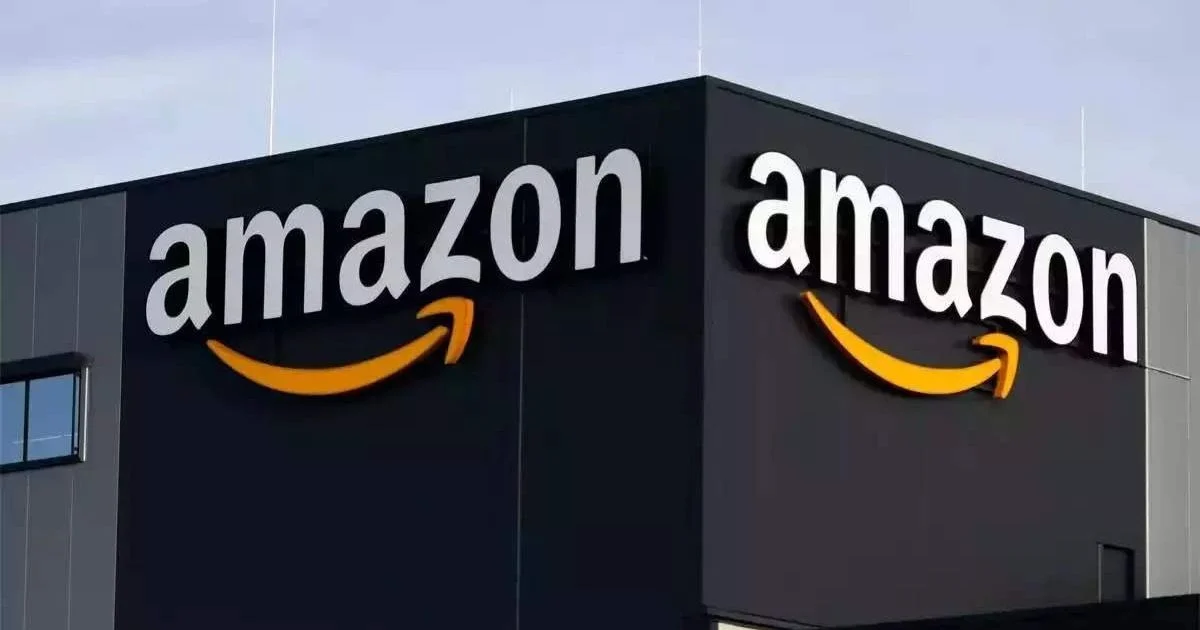
The backbone of Amazon’s omnichannel strategy is its sophisticated logistics and fulfillment network, designed to ensure quick and reliable delivery. This network supports a range of delivery options, including same-day and two-day shipping, that have become benchmarks for the industry. Furthermore, Amazon’s use of big data and artificial intelligence to analyze customer behavior enables it to offer highly personalized product recommendations, enhancing the shopping experience by making it more relevant and engaging for each user.
Amazon’s technology-driven solutions, such as its Amazon Go stores, epitomize the blurring of lines between the online and offline worlds. In these stores, customers can shop without ever going through a traditional checkout process, thanks to advanced technologies like computer vision and machine learning. This innovation not only streamlines the shopping process but also integrates seamlessly with the Amazon mobile app, allowing for a continuous omnichannel experience that spans from the digital to the physical.
The integration of Amazon’s virtual assistant, Alexa, into the shopping ecosystem further exemplifies the company’s omnichannel prowess. Through voice commands, customers can perform a variety of shopping-related tasks, from ordering products and tracking deliveries to receiving personalized recommendations. This seamless integration of services across devices and platforms is a testament to Amazon’s customer-centric philosophy, aiming to make every interaction with the brand as convenient and efficient as possible.
How Amazon Executed Its Omnichannel Retail Strategy
Amazon’s omnichannel strategy is a multifaceted approach that encompasses various innovative services and technologies, from its Prime membership program to the integration of AI in its shopping platforms.
- Amazon Prime: A key component of Amazon’s omnichannel strategy is its Prime membership, which offers benefits such as free two-day shipping, access to streaming services, and exclusive shopping deals. This not only encourages online shopping but also ties customers more closely to the Amazon ecosystem, increasing their lifetime value.
- Amazon Go and Amazon Fresh: These physical stores represent Amazon’s foray into the brick-and-mortar realm, utilizing advanced technologies like computer vision, sensor fusion, and deep learning to offer a unique shopping experience. In Amazon Go stores, customers can walk in, pick up items, and walk out without physically checking out, as the store automatically charges their Amazon account.
- Alexa and Echo Devices: By integrating its virtual assistant, Alexa, with its Echo line of smart speakers, Amazon has created a new channel for shopping and customer interaction. Customers can use voice commands to order products, track shipments, and even control smart home devices, making shopping more convenient and integrated into daily life.
- Amazon’s Mobile App and Website: Seamless integration between its mobile app and website ensures that customers can switch between devices without losing their shopping progress. Personalized recommendations and easy access to order history enhance the shopping experience, making it more tailored and efficient.
Amazon’s strategic use of data analytics as a cornerstone of its omnichannel approach exemplifies how technology can be leveraged to transform the customer experience and business outcomes. By meticulously collecting and analyzing vast amounts of customer data—from browsing histories and purchase patterns to search queries and product interactions—Amazon gains deep insights into individual customer preferences and behaviors. This rich, data-driven understanding allows Amazon to create highly personalized shopping experiences that resonate with each customer.
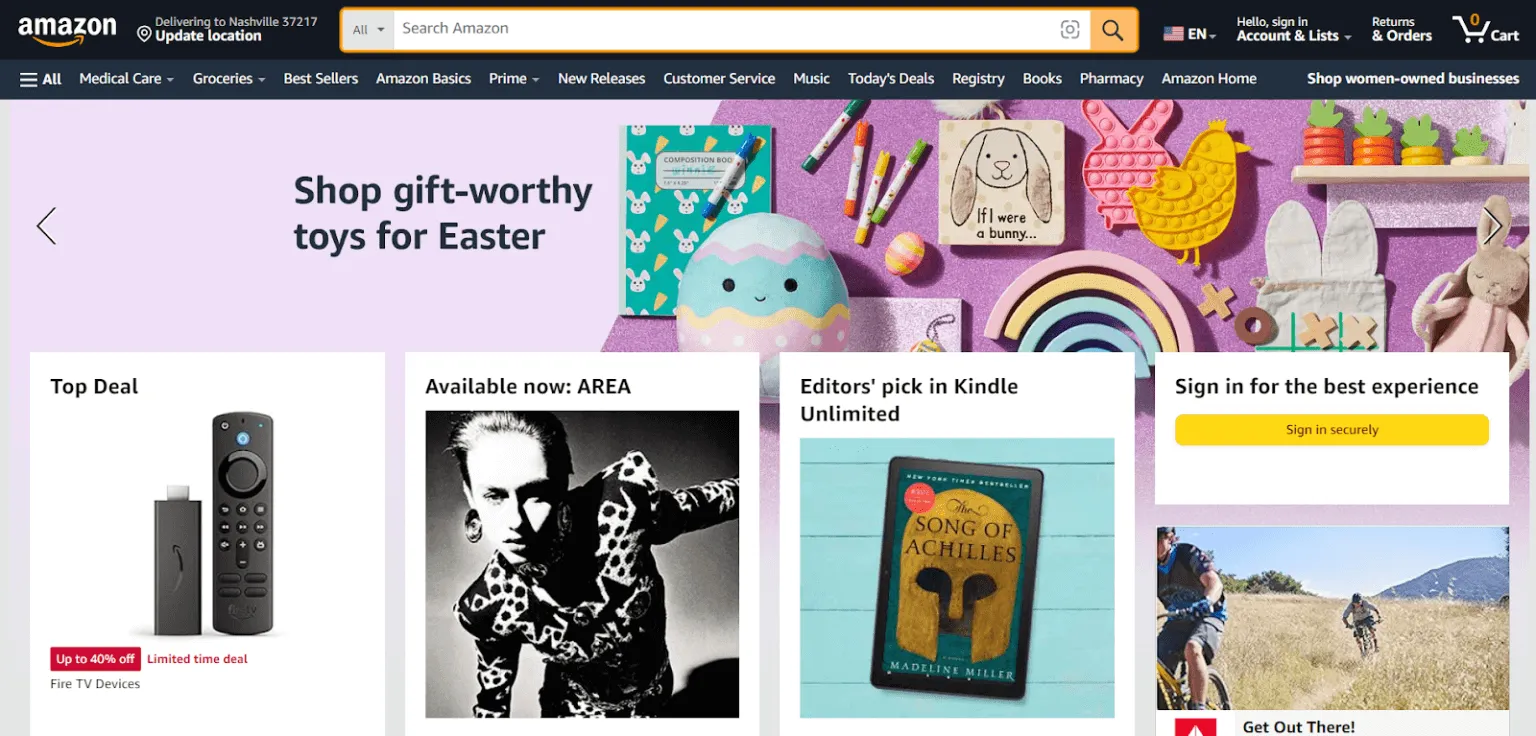
The magic of Amazon’s personalization lies in its recommendation algorithms, which are among the most advanced in the retail industry. These algorithms use predictive analytics to suggest products that customers are likely to be interested in, based on their past behavior and similar customer profiles. Whether it’s through the Customers who bought this item also bought suggestions, personalized email marketing campaigns, or tailored homepage displays, Amazon ensures that its recommendations are relevant and timely, increasing the likelihood of purchase.
This level of personalization extends beyond just product recommendations. Amazon uses data analytics to optimize every aspect of the customer journey, from the user interface and customer service interactions to shipping and delivery times. By anticipating customer needs and preferences, Amazon can streamline the shopping process, making it more efficient and enjoyable for the user. This not only enhances customer satisfaction but also fosters brand loyalty, as customers come to appreciate the convenience and thoughtfulness of their interactions with the brand.
Moreover, Amazon’s data-driven approach has significant implications for inventory management and supply chain efficiency. By predicting demand for products with a high degree of accuracy, Amazon can ensure optimal stock levels across its fulfillment centers, reducing overhead costs and minimizing the risk of stockouts or excess inventory. This efficiency not only supports Amazon’s promise of fast and reliable delivery but also contributes to the company’s overall operational excellence.
Evaluation and Analysis
Amazon’s omnichannel strategies have proven to be highly effective, contributing to its position as a global retail leader. The convenience and innovation offered by services like Amazon Prime, Amazon Go, and Alexa have set new standards for the retail industry, influencing customer expectations and shopping behaviors worldwide.
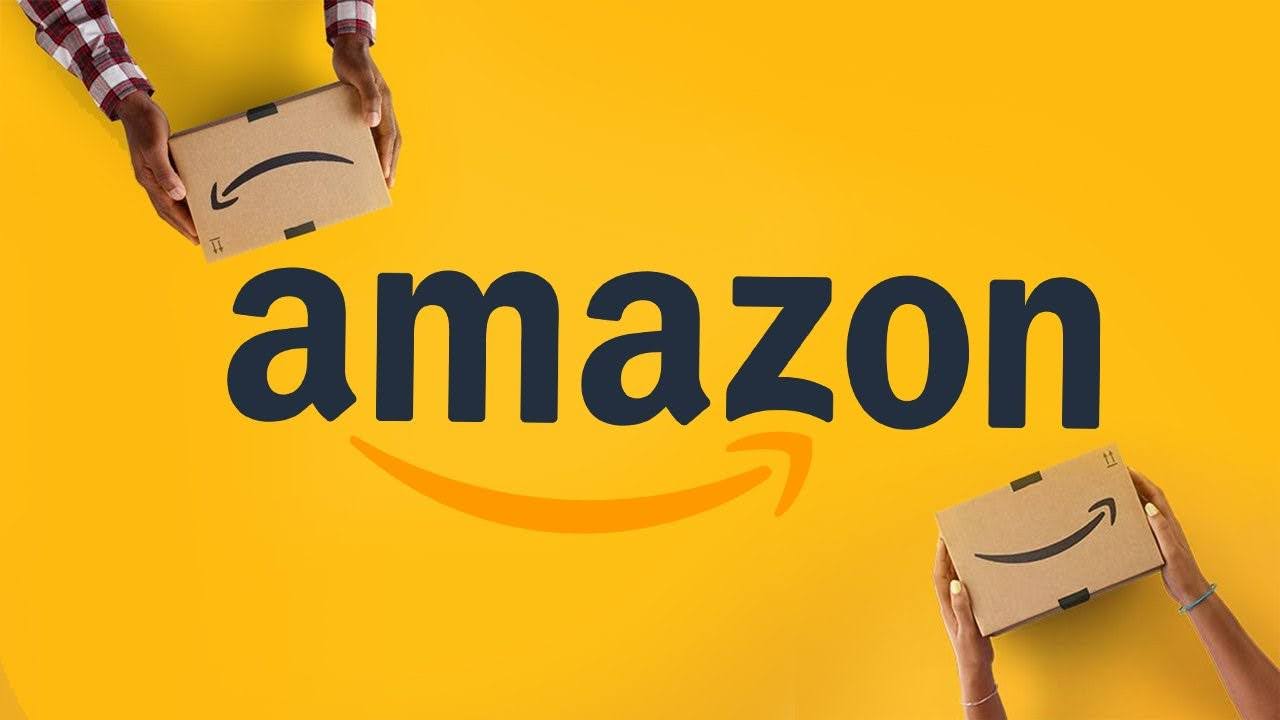
The impact of Amazon’s omnichannel strategies on customers and the market is profound. For customers, Amazon has raised the bar for what constitutes a seamless and engaging shopping experience, offering unprecedented convenience and personalization. For the market, Amazon’s success has pushed competitors to adopt similar omnichannel strategies, accelerating the digital transformation of the retail industry.
The impact of Amazon’s use of data analytics on sales and customer engagement cannot be overstated. By delivering personalized experiences that cater to the individual needs and preferences of each customer, Amazon not only drives additional sales through targeted recommendations but also secures a competitive advantage in the crowded eCommerce space. This data-driven, customer-centric approach is a key factor behind Amazon’s dominance in the retail industry, showcasing the power of analytics in creating successful omnichannel experiences.
In conclusion, Amazon’s approach to omnichannel retailing illustrates the power of integrating online and offline experiences through technology and customer-centric strategies. Its ability to innovate and execute on these strategies has not only solidified its market dominance but also reshaped consumer expectations and the competitive landscape of the retail sector, making Amazon one of the best examples of omnichannel retail.
Best Omnichannel Retail Examples: Target
Target has emerged as a standout omnichannel retail example, skillfully navigating the integration of digital and physical retail to meet the evolving needs of today’s consumers. Known for its bright red bullseye logo, Target has transformed its shopping experience to become a leader in omnichannel strategies, blending the convenience of online shopping with the tangibility of brick-and-mortar stores.
Overview
At the heart of Target’s omnichannel success is its commitment to leveraging technology and innovative services to enhance the shopping experience, both online and in-store. This approach has not only enabled Target to stay competitive in the rapidly evolving retail landscape but also to deepen its engagement with customers, offering them a seamless and personalized shopping journey.
The essence of Target’s strategy lies in its ability to utilize technology not as a mere supplement to the traditional shopping experience, but as a core component of its retail offering. This is evident in the retailer’s deployment of mobile applications, in-store digital kiosks, and a robust online platform that together create a cohesive and integrated customer journey. Through these channels, Target offers a shopping experience that is not only seamless across touchpoints but also richly personalized, leveraging customer data to tailor product recommendations, promotions, and rewards to individual preferences.
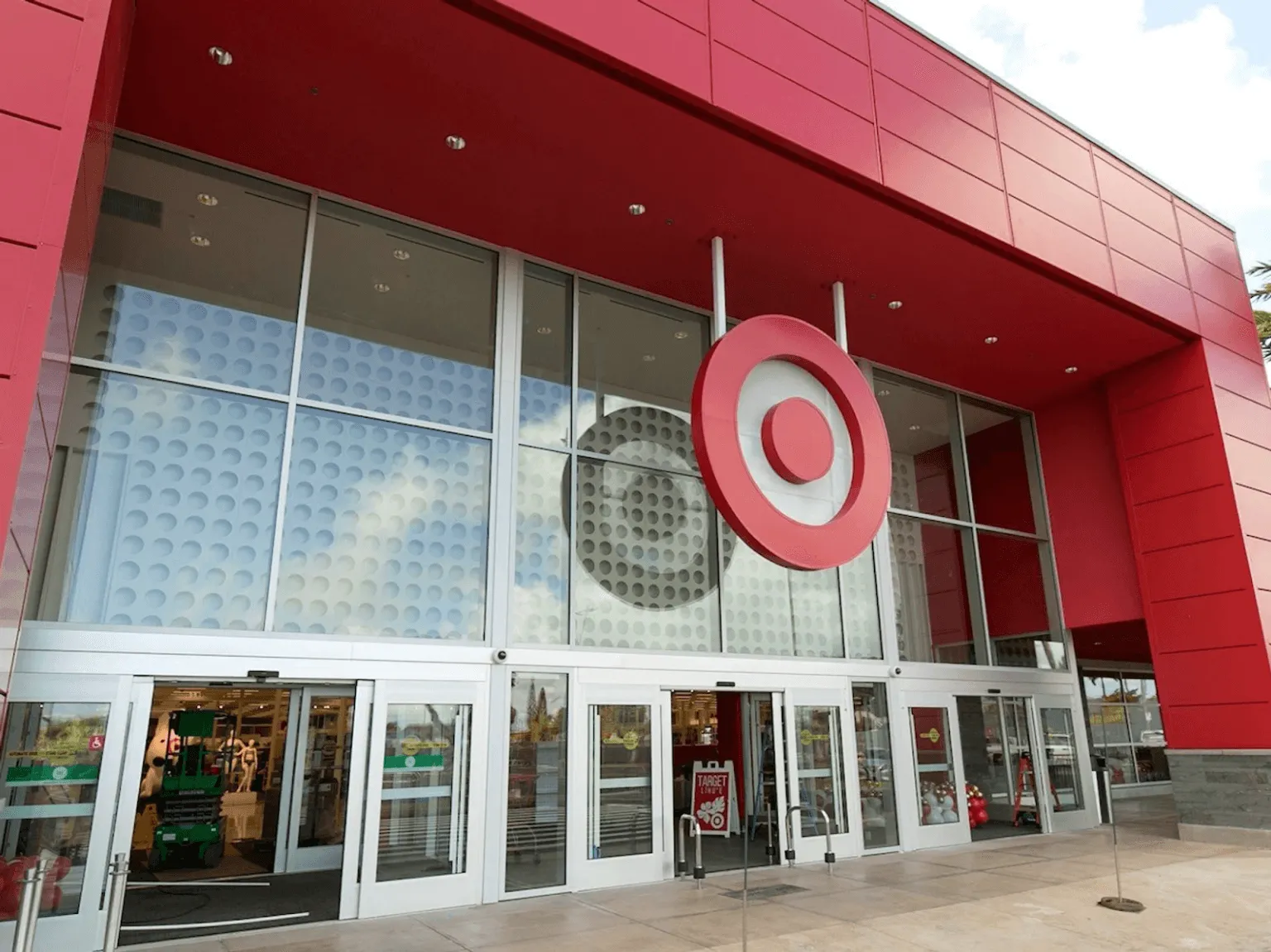
Moreover, Target’s omnichannel approach extends beyond the customer interface to include backend operations that support a unified shopping experience. Inventory management systems, for example, are optimized to ensure that product availability is consistent across online and offline channels, enabling services like online order pickup and same-day delivery that bridge the gap between digital convenience and in-store immediacy.
This holistic integration of technology and services has significantly deepened Target’s engagement with its customers. By providing a shopping journey that anticipates and adapts to customer needs, Target has fostered a sense of loyalty and trust among its consumer base. Shoppers know that whether they engage with Target online, through the mobile app, or in a brick-and-mortar store, they will receive a consistent, high-quality experience that is both convenient and personally relevant.
How Target Executed Its Omnichannel Retail Strategy
Target’s execution of its omnichannel strategy is multifaceted, focusing on customer convenience, integration of digital and physical spaces, and leveraging data for personalized experiences. Target installations make it easy for customers to purchase from the store, wherever they are.
- Drive Up and Order Pickup: Target’s Drive Up service allows customers to place orders through the Target app and have their items brought to their car in the parking lot. Similarly, Order Pickup enables customers to buy online and pick up in-store, often within a few hours. These services blend the convenience of online shopping with the immediacy of in-store buying, without the shipping wait or costs.
- Shipt: The acquisition of Shipt, a same-day delivery service, has been pivotal in enhancing Target’s delivery capabilities, offering same-day delivery for groceries, essentials, and electronics. This service caters to the modern consumer’s desire for speed and convenience.
- Target Circle and Personalization: Target Circle, the retailer’s loyalty program, integrates offers, savings, and personalized deals through the Target app, enhancing the shopping experience with customized product recommendations and rewards. This program utilizes customer data to tailor the shopping experience, encouraging repeat visits and increased engagement.
One of Target’s unique strategies is its focus on creating a cohesive brand experience across all channels, ensuring that the look, feel, and service customers receive online are consistent with what they experience in-store. This includes a harmonized design aesthetic, unified customer service policies, and integrated inventory systems, so products available online are also available in stores.
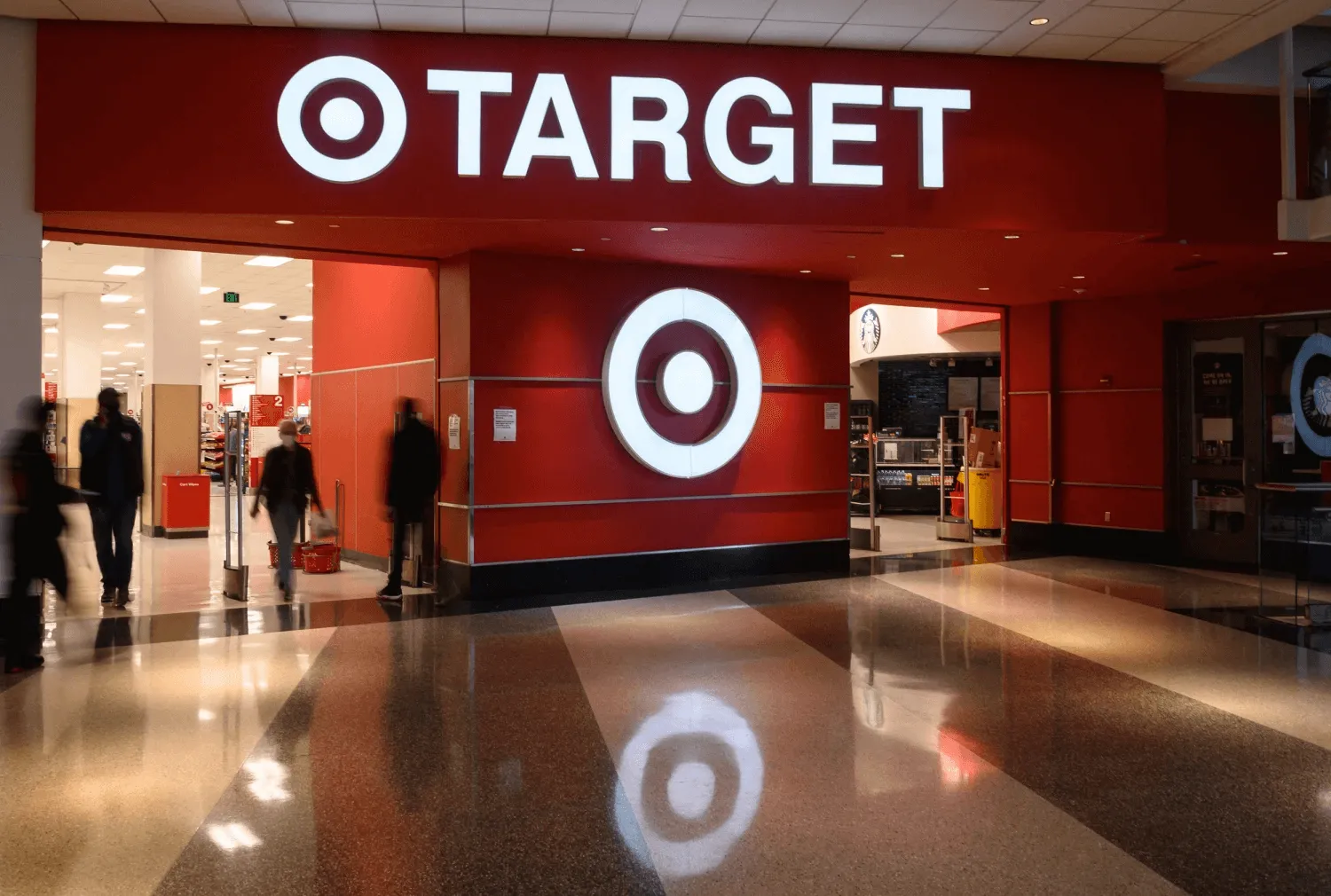
Another innovative approach by Target is the redesign of its physical stores to serve not only as shopping destinations but also as efficient distribution hubs for online orders. This strategy reduces shipping times and costs while making use of existing retail space, thereby enhancing the efficiency of its omnichannel operations.
Evaluation and Analysis
Target’s omnichannel strategy has proven highly effective, with significant increases in both online and in-store sales. Services like Drive Up and Order Pickup have received widespread acclaim for their convenience and efficiency, demonstrating Target’s ability to meet consumer demand for seamless shopping experiences.
For customers, Target’s omnichannel approach has set a new standard for retail convenience, blending the digital and physical shopping experiences in a way that is intuitive and user-friendly. This has not only increased customer satisfaction but also loyalty, as shoppers appreciate the flexibility and personalized interactions offered by Target.
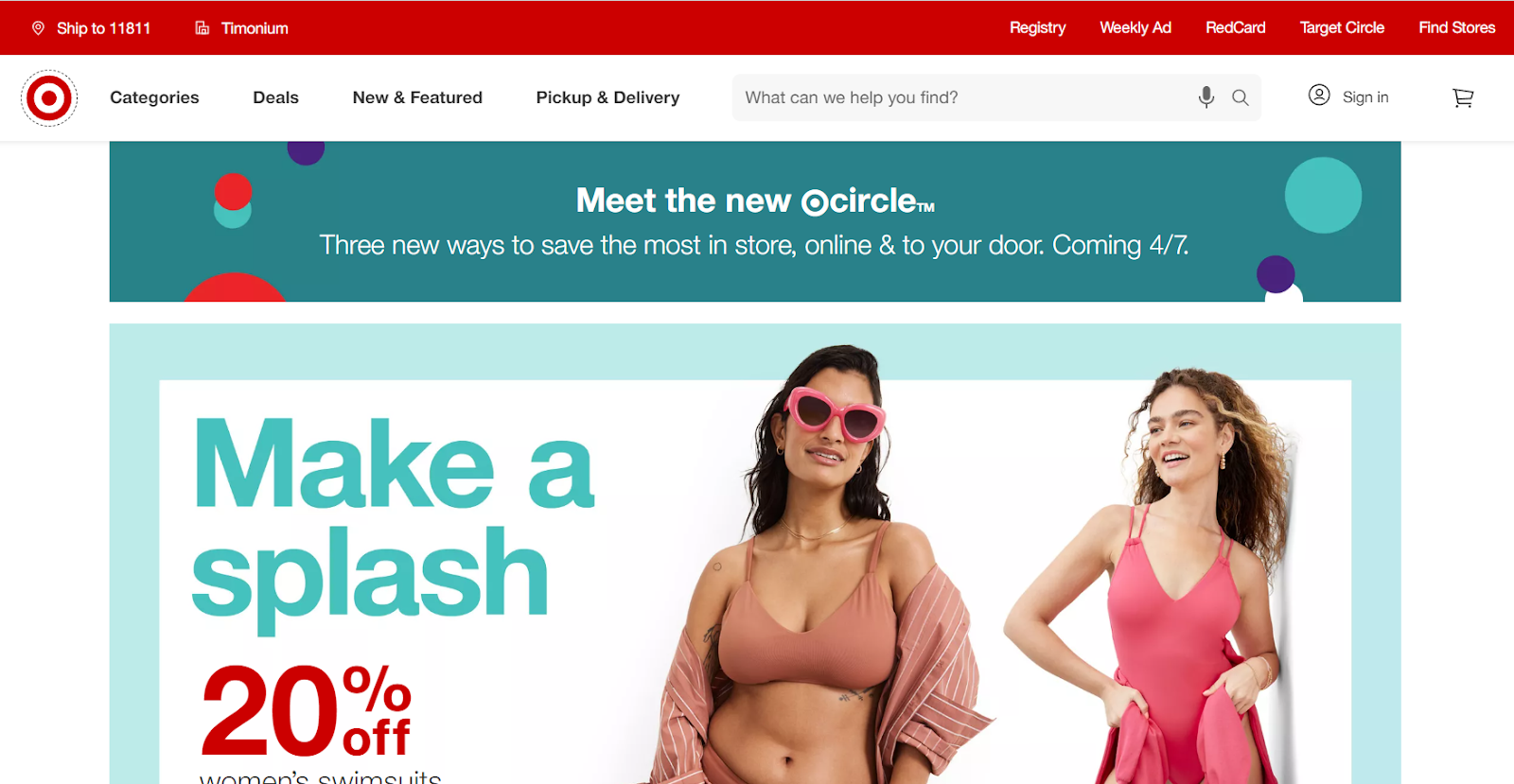
On the market, Target’s successful omnichannel strategy has pressured other retailers to elevate their omnichannel retail offerings, driving innovation and improvements across the retail industry. Target’s blend of technology, customer-focused services, and strategic use of physical stores as part of its omnichannel strategy serves as a blueprint for the future of retail, highlighting the importance of adaptability and customer-centricity in achieving retail success; thus making it one of the most outstanding omnichannel retail examples.
Best Omnichannel Retail Examples: Walgreens
Walgreens stands as a leading omnichannel retail example, especially within the healthcare and pharmacy sector. The company has adeptly harnessed the power of digital technology to seamlessly integrate its online and in-store experiences, ensuring customers have continuous and flexible access to healthcare products, services, and information.
Overview
Walgreens’ approach to omnichannel retailing centers around making healthcare and retail services accessible and convenient for everyone, everywhere. By leveraging its robust digital platforms alongside an extensive network of physical stores, Walgreens offers a comprehensive ecosystem where customers can easily navigate between online resources and in-store services, ensuring their healthcare and retail needs are met with efficiency and personalized care, making it one of the best omnichannel retail examples.
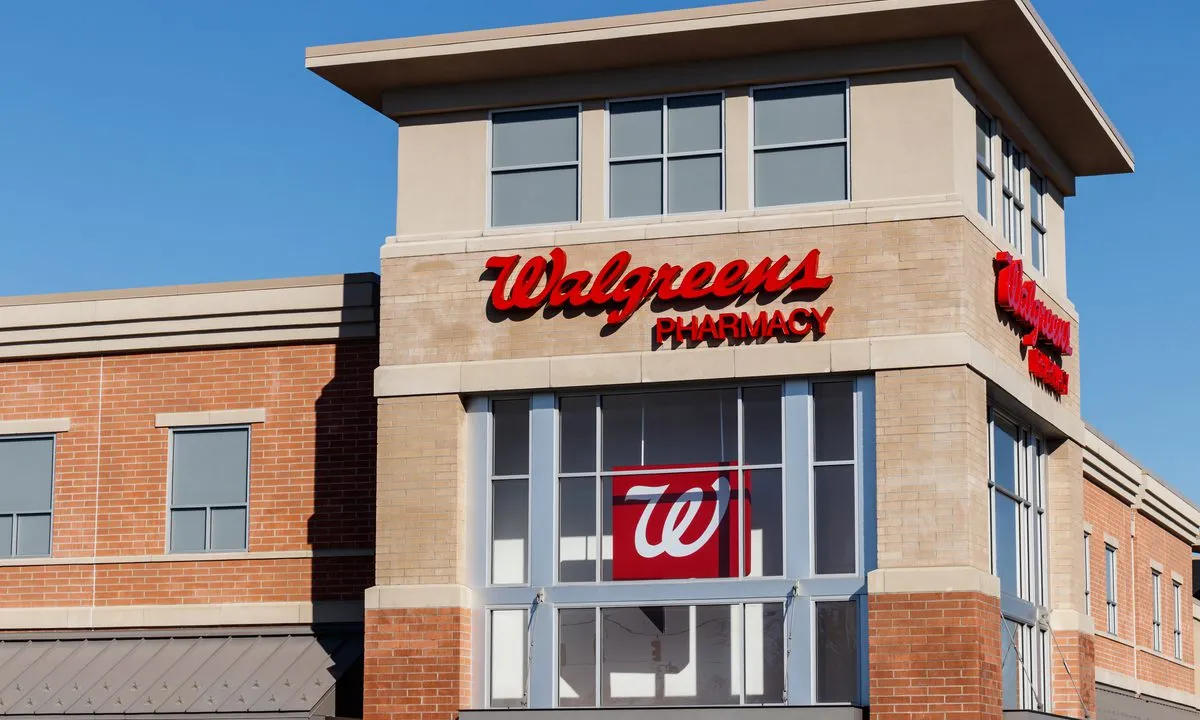
At the heart of this omnichannel strategy is the recognition of the evolving consumer expectations in the digital age, where the demand for immediacy, flexibility, and personalized service is higher than ever. Walgreens responds to these demands by offering a variety of digital services, including a user-friendly mobile app, online health resources, and virtual consultations, which complement the traditional in-store experience. Customers can refill prescriptions, schedule vaccinations, and receive health consultations with ease, choosing the most convenient way to access these services, whether it be through their smartphone or by visiting a local store.
Furthermore, Walgreens enhances the in-store experience by incorporating digital elements that streamline and enrich customer interactions. From digital kiosks that offer self-service options to the integration of mobile app features with in-store operations, Walgreens ensures that the transition between online and offline services is seamless. This not only amplifies the convenience factor but also maintains the personal touch that is crucial in healthcare and pharmacy services.
How Walgreens Executed Its Omnichannel Retail Strategy
Walgreens’ omnichannel strategy is characterized by innovative use of technology, strategic partnerships, and a commitment to providing accessible healthcare services.
- Mobile App Innovations: The Walgreens mobile app is a cornerstone of its omnichannel strategy, offering features like prescription refills and transfers, appointment scheduling for vaccinations, and health advice. The app also integrates with Walgreens’ loyalty program, allowing customers to earn and redeem rewards both online and in-store.
- Pharmacy Chat and Telehealth Services: Recognizing the growing demand for remote healthcare services, Walgreens introduced a 24/7 pharmacy chat feature, giving customers access to professional health advice anytime. Additionally, partnerships with telehealth providers expanded their service offerings, allowing customers to consult with healthcare professionals directly through the Walgreens app.
- Curbside Pickup and Same-Day Delivery: To blend online shopping with physical retail convenience, Walgreens rolled out curbside pickup and same-day delivery services across thousands of its locations. This ensures customers can easily purchase products and receive prescriptions without having to step inside the store, catering to the need for speed and convenience.

One of Walgreens’ unique omnichannel approaches is its integration of the pharmacy experience with everyday retail shopping. By offering health services alongside a traditional retail assortment, Walgreens provides a holistic shopping experience that caters to both the health and daily needs of its customers. Furthermore, the use of data analytics to personalize customer interactions – whether through targeted health recommendations or personalized coupons – enhances customer engagement and satisfaction.
Evaluation and Analysis
Walgreens’ omnichannel strategy has proven highly effective, with the company reporting significant increases in mobile app usage, online sales, and customer engagement. Its ability to offer a cohesive, integrated experience across digital and physical channels has reinforced its position as a leader in the retail pharmacy sector.
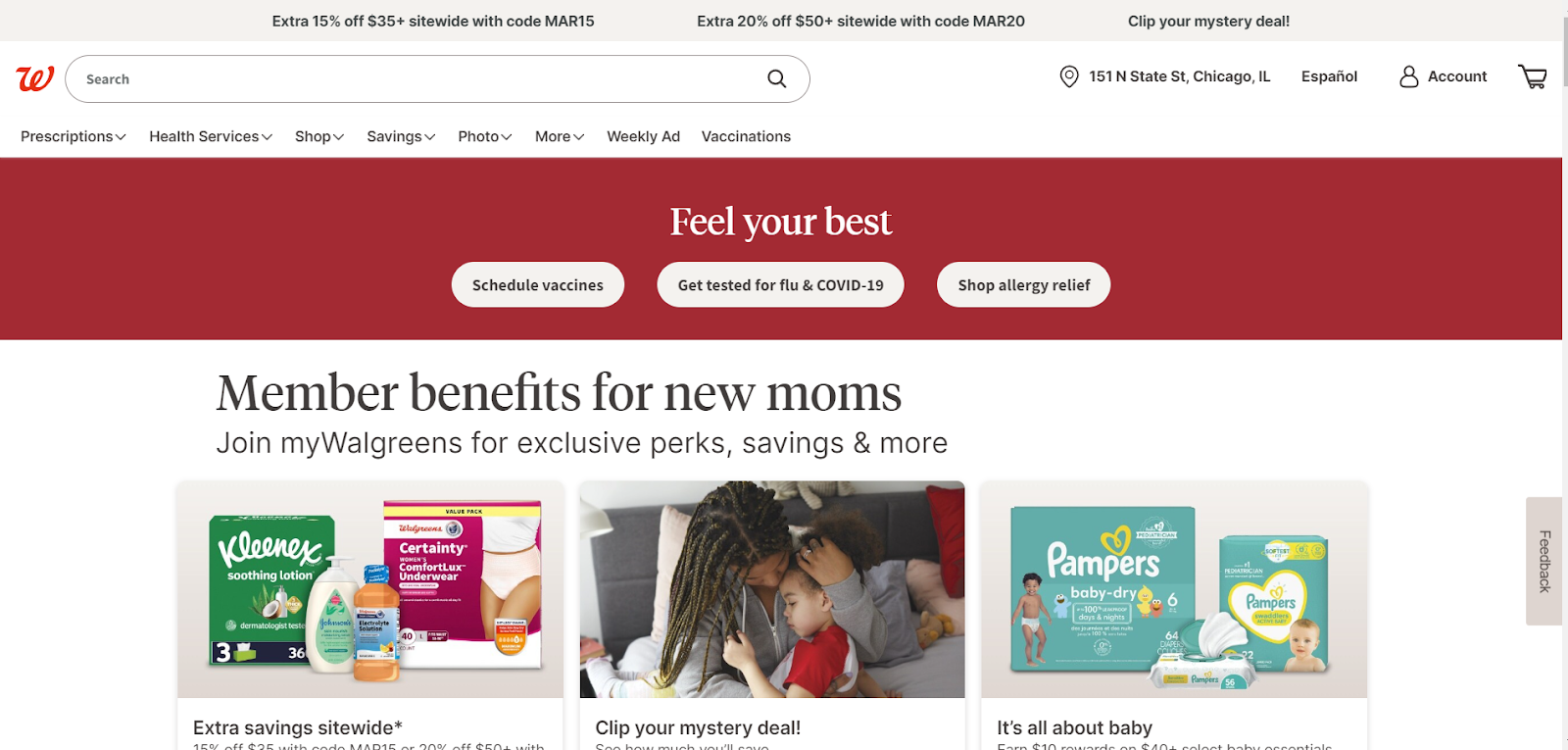
For customers, Walgreens’ omnichannel approach has meant greater convenience, personalized healthcare and shopping experiences, and increased access to pharmacy services. This has not only elevated customer satisfaction but also fostered greater loyalty towards the Walgreens brand.
On the market, Walgreens’ success has set a benchmark for omnichannel retailing in the pharmacy sector, prompting competitors to explore similar strategies. Its focus on integrating healthcare services with traditional retail operations has highlighted the potential for omnichannel approaches to transform not just shopping experiences, but also how healthcare services are delivered and accessed.
In conclusion, Walgreens exemplifies how omnichannel retailing can be effectively implemented in the pharmacy and healthcare industry, offering valuable lessons on leveraging technology, strategic partnerships, and customer-centric services to create seamless, integrated shopping and healthcare experiences. Through its innovative strategies, Walgreens has not only improved access to essential services but also paved the way for the future of retail and healthcare integration; proving itself to be one of the best omnichannel retail examples.
Best Omnichannel Retail Examples: Sephora
Sephora, a global leader in the beauty retail sector, has set a gold standard as one of the most outstanding omnichannel retail examples. With a keen focus on customer experience and digital innovation, Sephora has successfully integrated its online and physical channels to create a seamless and engaging shopping journey for its customers.
Overview
Sephora’s omnichannel strategy is built around understanding and meeting the evolving needs of beauty enthusiasts. By leveraging technology and data, Sephora offers personalized experiences that resonate with customers across all touchpoints. This approach not only enhances customer satisfaction but also fosters loyalty and drives sales.
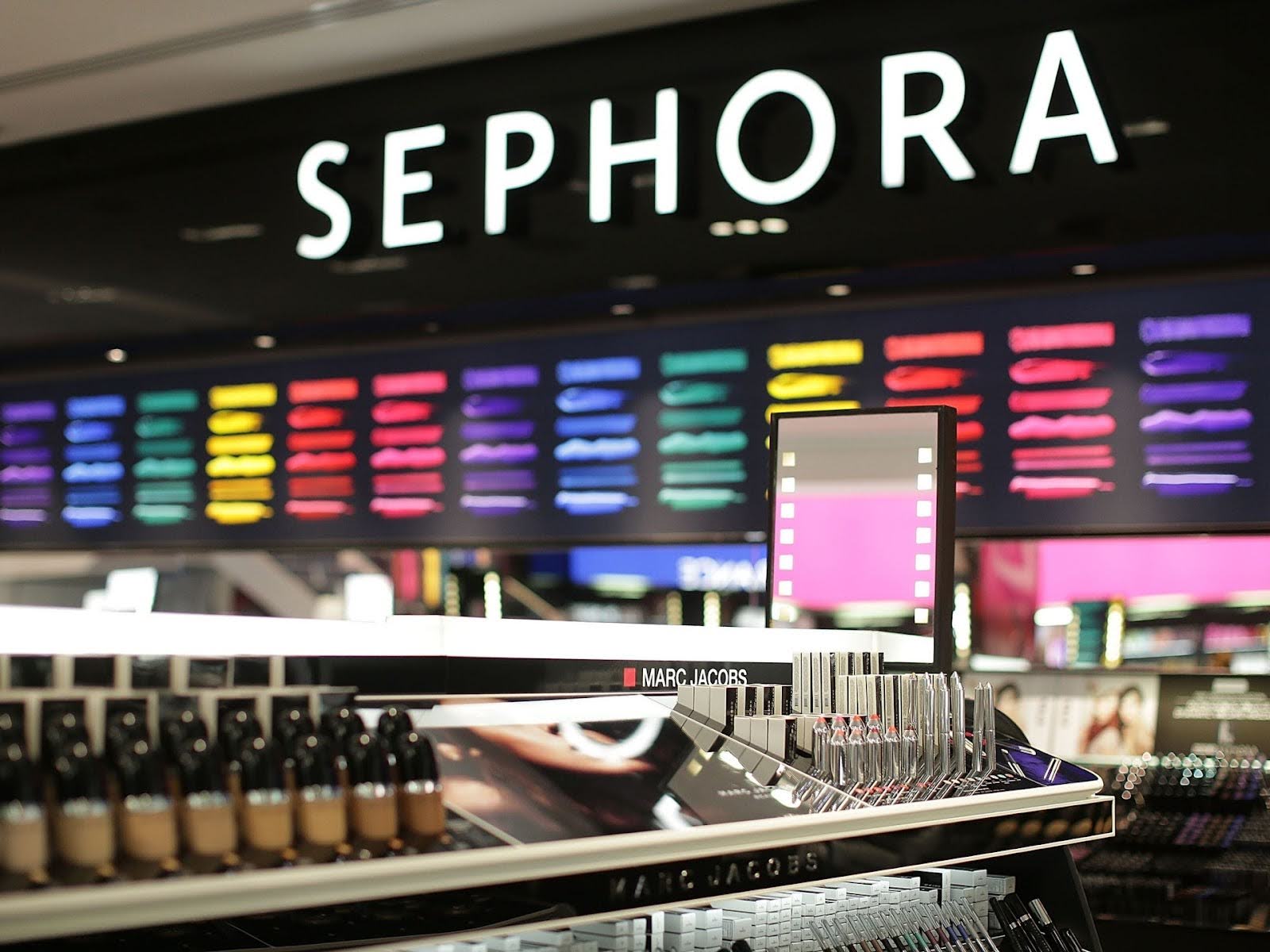
At the core of Sephora’s strategy is the commitment to leveraging cutting-edge technology and insightful data analytics to craft personalized shopping journeys that seamlessly connect the digital and physical realms. This dedication to innovation ensures that whether a customer interacts with Sephora online, through its mobile app, or in one of its vibrant stores, they are met with a curated experience that feels both intimately personal and effortlessly cohesive.
The power of Sephora’s strategy lies in its ability to transform vast amounts of customer data into actionable insights that drive personalized recommendations, tailored marketing messages, and a shopping experience that anticipates and adapts to individual preferences and needs. From the use of augmented reality in the Sephora Virtual Artist app, which allows customers to try on products virtually, to the personalized beauty consultations provided in-store, every touchpoint is designed to deepen the customer’s relationship with the brand.
Moreover, Sephora’s Beauty Insider loyalty program exemplifies how a data-driven understanding of customer behavior can be used to not just reward purchases but to foster a sense of belonging among customers. By offering exclusive rewards, personalized offers, and access to a community of beauty enthusiasts, Sephora elevates the shopping experience from transactional to relational, encouraging ongoing engagement and loyalty.
How Sephora Executed Its Omnichannel Retail Strategy
Sephora’s execution of its omnichannel retail strategy is distinguished by its innovative use of technology, commitment to customer engagement, and seamless integration of digital and physical shopping experiences.
- Sephora Virtual Artist: Sephora introduced the Virtual Artist tool in its app and website, allowing customers to try makeup virtually using augmented reality (AR). This technology enables customers to experiment with different products and shades, making online shopping as informative and fun as exploring products in-store.
- Beauty Insider Loyalty Program: The Beauty Insider program is a crucial part of Sephora’s omnichannel approach, providing customers with rewards, exclusive offers, and personalized product recommendations based on their purchase history and preferences, whether they shop online or in-store.
- In-store Digital Workshops and Consultations: Sephora stores offer interactive beauty workshops and one-on-one consultations with beauty advisors, who use tablets to access customer profiles and recommend products based on previous purchases and preferences. This integration of digital tools in-store enhances the personalized shopping experience.
A standout aspect of Sephora’s omnichannel strategy is its focus on creating a community among beauty enthusiasts. The Sephora Beauty Insider Community online platform allows customers to share reviews, participate in discussions, and offer advice. This community-driven approach not only engages customers but also informs Sephora’s product offerings and marketing strategies based on customer insights.
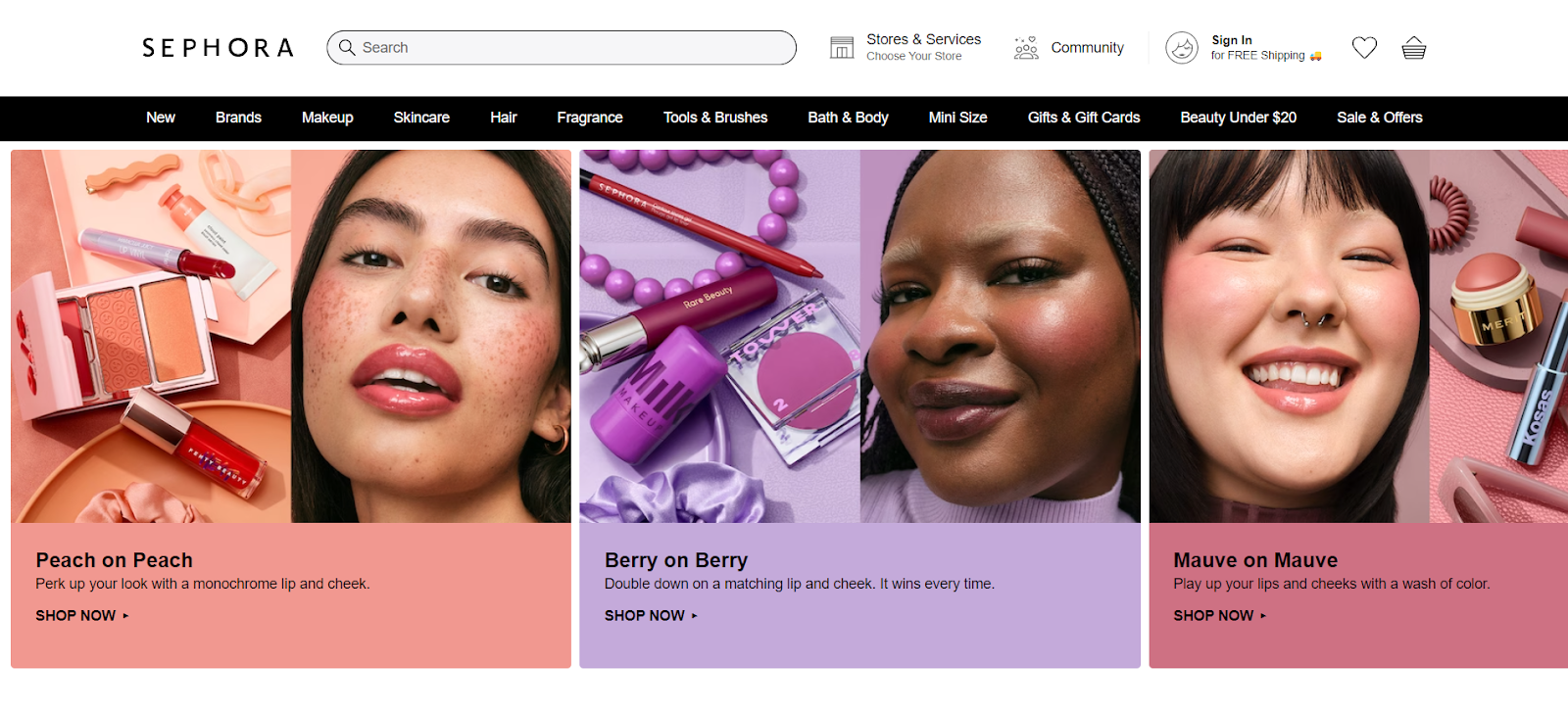
Another unique approach is Sephora’s use of data analytics to fine-tune the customer experience. By analyzing data from both online and in-store interactions, Sephora can tailor its marketing messages, product recommendations, and even store layouts to better meet customer needs and preferences.
Evaluation and Analysis
Sephora’s omnichannel strategy has proven to be highly effective, with the company seeing substantial growth in both its online and offline channels. Customer engagement has increased significantly, as evidenced by the high usage of the Sephora Virtual Artist and participation in the Beauty Insider program.
Sephora’s holistic approach to omnichannel retailing not only meets the current demands of beauty shoppers for a more personalized and integrated shopping experience but also sets the stage for continued innovation and growth. As Sephora continues to explore new ways to blend technology, data, and customer insights, its omnichannel strategy remains a dynamic force that enhances customer satisfaction, fosters loyalty, and drives sales, proving it to be one of the top omnichannel retail examples.
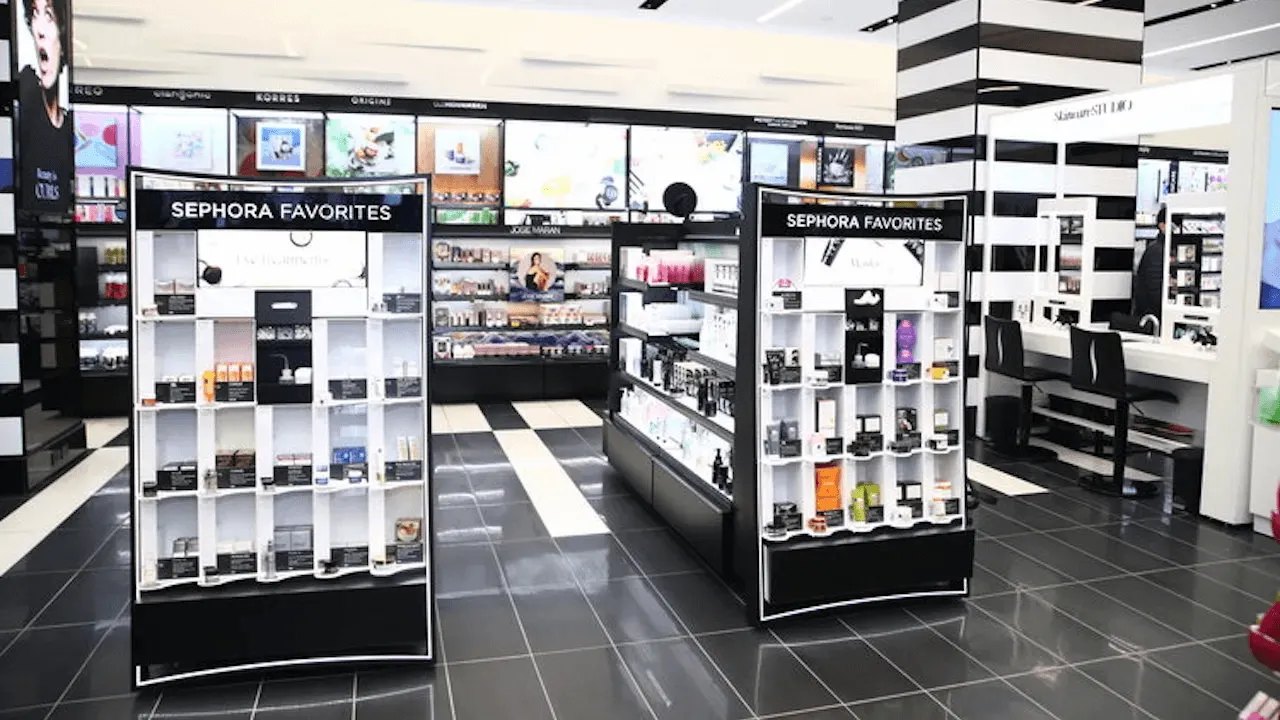
For customers, Sephora’s omnichannel approach has elevated the beauty shopping experience. The brand’s emphasis on personalization, powered by digital innovation, has not only made shopping more convenient but also more engaging and fun. Customers appreciate the seamless transition between online and in-store shopping, along with the added value of personalized recommendations and a supportive beauty community.
On the market, Sephora’s success has set a benchmark for omnichannel retailing in the beauty industry. Competitors are now looking to emulate Sephora’s innovative use of technology and its focus on customer experience. Sephora’s strategy demonstrates the potential of omnichannel retailing to not just meet but exceed customer expectations, driving brand loyalty and market growth.
In conclusion, Sephora exemplifies how an omnichannel retail strategy, when executed with a deep understanding of customer needs and a commitment to innovation, can transform the shopping experience. Through its personalized services, digital innovations, and community-building efforts, Sephora has redefined what it means to be a leader in the retail sector, offering valuable lessons for retailers aiming to thrive in today’s digital-first shopping environment.
Best Omnichannel Retail Examples: Nike
Nike has long been celebrated not just for its innovative athletic products but also for its forward-thinking approach to retail and customer engagement. The company’s strategic pivot to omnichannel retailing serves as a benchmark for brands looking to thrive in the digital era, seamlessly integrating its online presence with physical stores to enhance the customer shopping experience.
Overview
At the heart of Nike’s strategy is a commitment to understand and connect with its customers on a personal level, using technology and data to deliver a shopping experience that is both convenient and tailored to individual preferences. Nike’s omnichannel approach goes beyond merely selling products; it’s about creating a cohesive brand journey that empowers and inspires customers, whether they’re online, in-app, or in any of its global flagship stores.
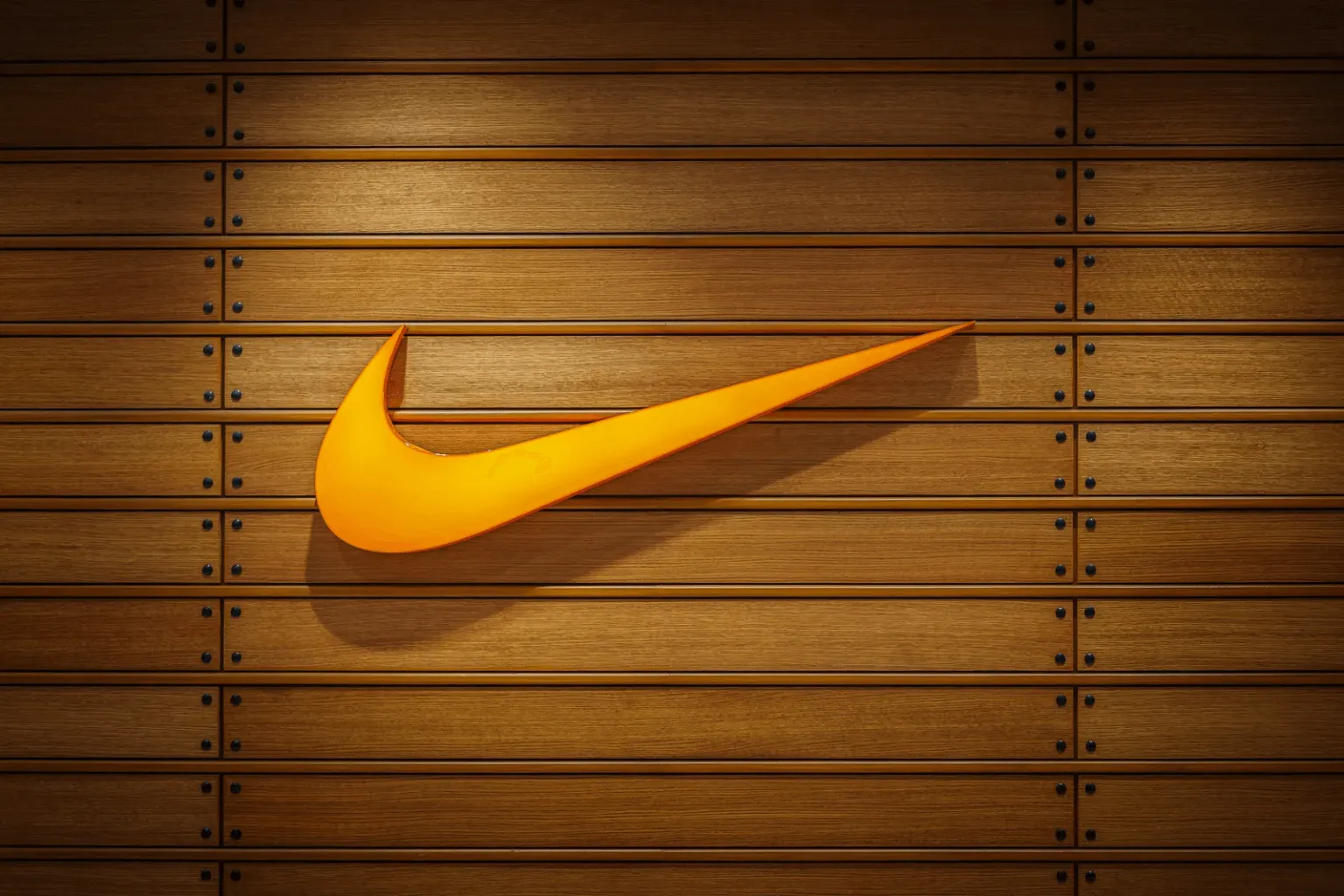
The essence of Nike’s omnichannel success lies in its ability to seamlessly merge its online presence with its physical stores, creating a unified brand experience that is both empowering and inspirational. Whether a customer is browsing Nike’s website, using one of its mobile apps, or visiting a flagship store, they are met with a consistent brand message and a wealth of personalized options. From customized product recommendations based on past purchases and browsing habits to exclusive access to new releases and member-only events, Nike ensures that every touchpoint is an opportunity to deepen the customer’s connection with the brand.
Moreover, Nike’s omnichannel approach transcends the traditional boundaries of retail by fostering a sense of community and belonging among its customers. Through initiatives like the Nike Plus Membership Program, Nike By You customization service, and its fitness apps, Nike not only sells products but also offers experiences and services that encourage customers to engage with the brand and each other in meaningful ways. This holistic approach to customer engagement is emblematic of Nike’s vision to not just equip its customers with athletic apparel but to inspire and support them in their fitness and lifestyle goals.
How Nike Executed Its Omnichannel Retail Strategy
Nike’s execution of its omnichannel strategy is characterized by a few key initiatives that leverage digital innovation to blur the lines between physical and online shopping.
- Nike Plus Membership Program: Central to Nike’s omnichannel strategy is its Nike Plus membership program, which offers members exclusive access to products, personalized workouts, nutrition tips, and on-the-go access to Nike experts. This program integrates customer data across all channels to personalize the shopping experience, whether in-store or online.
- Customization with Nike By You: Nike By You (formerly NIKEiD) allows customers to customize their own footwear and apparel online, which can then be shared via social media or produced for purchase. This service not only enhances the online shopping experience but also connects customers with the brand on a personal level.
- Use of AR for Product Launches: Nike has utilized augmented reality (AR) technology for exclusive product launches and experiences. For instance, the SNKRS app uses AR to engage users in scavenger hunts for new releases, blending the digital and physical worlds in a unique and engaging way.
- Seamless In-Store Integration: In flagship stores, Nike leverages technology to enhance the in-store experience, such as with the use of mobile checkout services to reduce wait times, and in-store screens where customers can view product information or place online orders for items not available in-store.
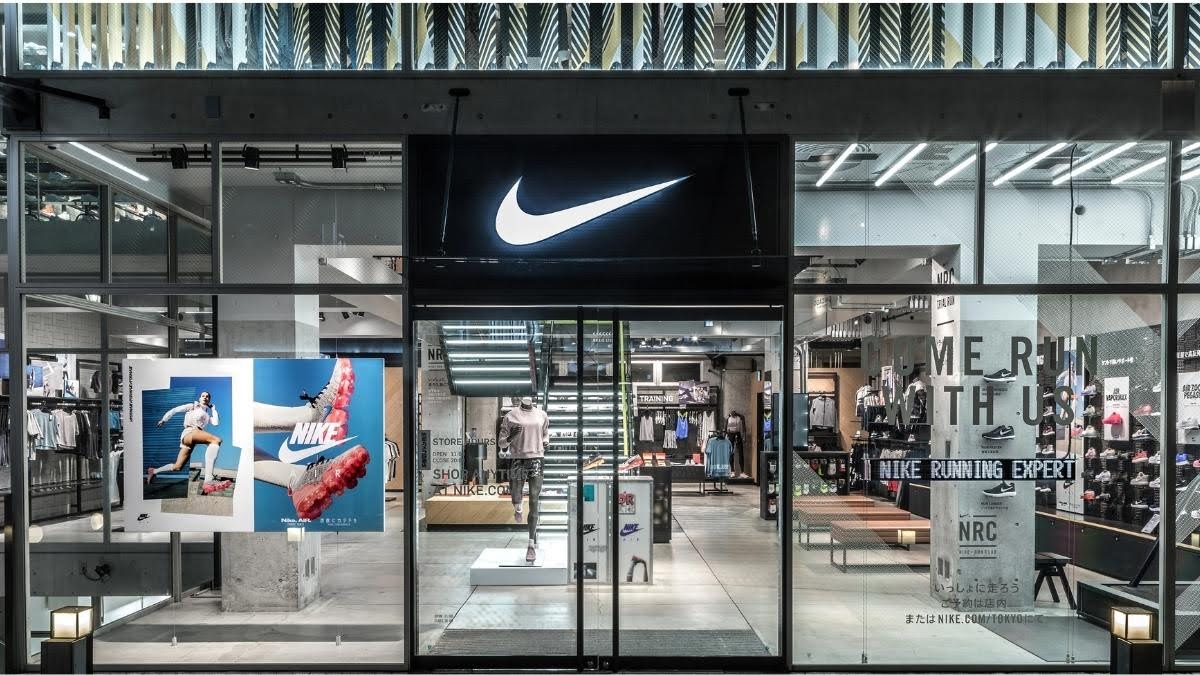
Nike’s unique omnichannel strategy focuses on creating a community around its brand. The Nike Training Club and Nike Run Club apps offer more than just product sales; they provide a platform for Nike to engage with its customers through fitness challenges, training programs, and social features that encourage users to connect with each other.
Evaluation and Analysis
Nike’s omnichannel initiatives have been highly effective, driving significant growth in its direct-to-consumer sales channel. The company has successfully increased customer engagement and loyalty through personalized experiences and exclusive access to products and content.
For customers, Nike’s omnichannel strategy has transformed the shopping experience into an engaging journey that extends beyond transactions. Customers enjoy a more personalized and interactive relationship with the brand, enhancing satisfaction and loyalty.
On the market, Nike’s approach has set a new standard for retail, challenging competitors to rethink their strategies. Its success underscores the importance of integrating digital innovation with physical retail to meet the evolving expectations of consumers.
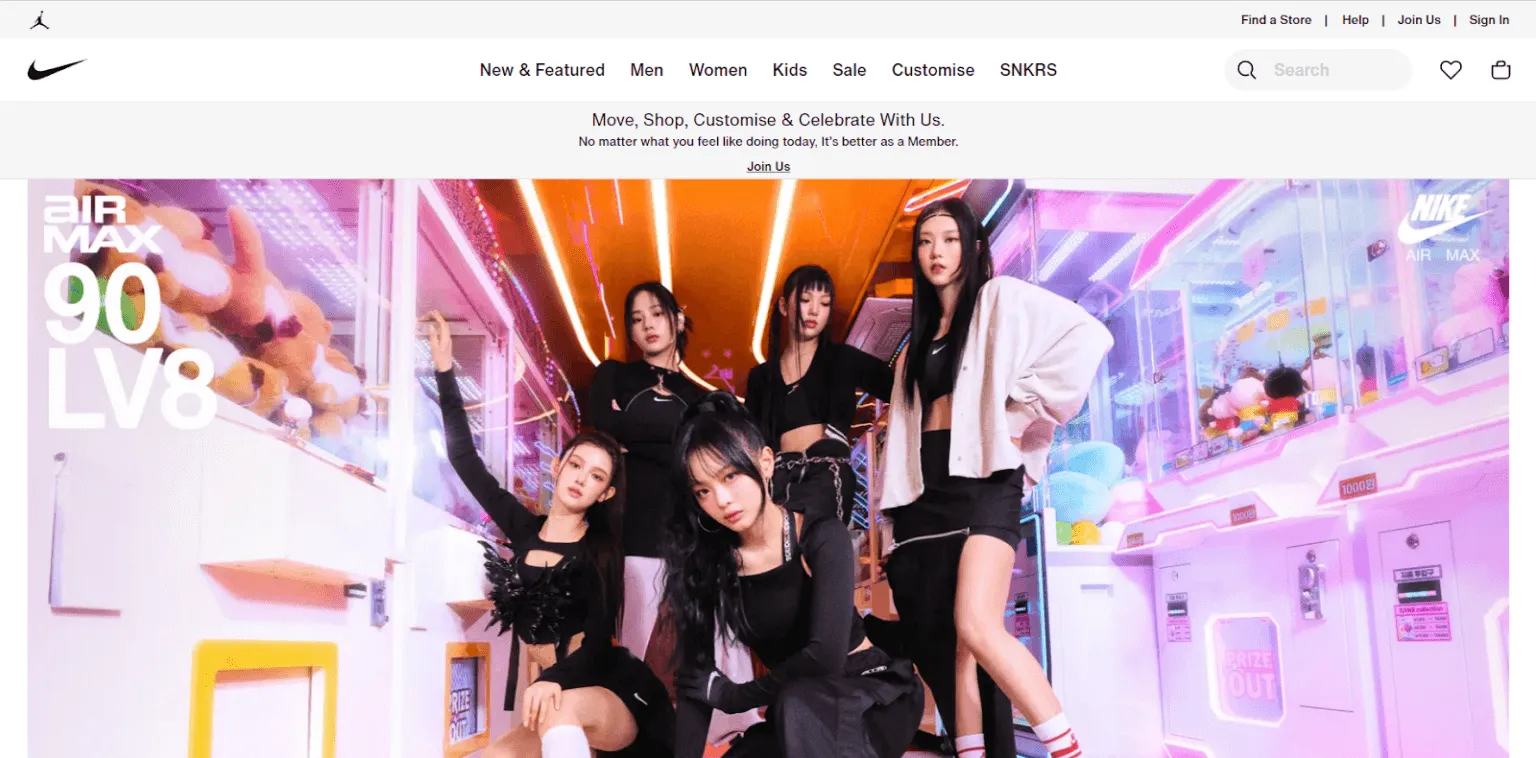
In essence, Nike’s strategy is a testament to the power of omnichannel retailing when executed with a clear understanding of customer needs and a commitment to leveraging technology to meet those needs. By crafting a cohesive and empowering brand journey across all channels, Nike has not only enhanced customer satisfaction and loyalty but has also set a new benchmark for what is possible in the realm of omnichannel retailing.
In conclusion, Nike exemplifies the power of an omnichannel retail strategy that prioritizes customer engagement, personalization, and the seamless integration of online and offline experiences. By focusing on creating a community and leveraging technology to enhance every touchpoint, Nike has not only solidified its position as a leading omnichannel retail example but also charted a course for the future of omnichannel retailing.
Best Omnichannel Retail Examples: Zara
Zara, a flagship brand of the Inditex Group, is renowned not just for its fashion but also for its innovative and highly effective omnichannel retail strategy. In a sector as dynamic as fashion retail, Zara has adeptly navigated the challenges of integrating online and offline channels to provide a seamless and efficient shopping experience for its customers worldwide; making it one of the best omnichannel retail examples.
Overview
At the core of Zara’s strategy is a customer-centric approach that leverages state-of-the-art technology and logistics to blend the convenience of online shopping with the tactile and personal experience of in-store browsing. Zara’s commitment to omnichannel retailing is driven by an understanding that today’s consumers expect flexibility, speed, and personalization in their shopping experiences.

Central to Zara’s customer-centric approach is its use of advanced technology such as RFID (Radio Frequency Identification) for real-time inventory management and sophisticated algorithms that optimize stock levels across both online platforms and physical stores. This technological backbone not only facilitates a smooth Ship from Store service, reducing delivery times and enhancing customer satisfaction, but also ensures that the products displayed online are immediately available, mirroring the in-store inventory.
Furthermore, Zara’s logistical prowess extends to services like Click and Collect, which bridges the gap between online shopping and in-store experiences by allowing customers to order online and pick up their purchases at their convenience in their local store. This not only offers customers the flexibility they crave but also increases foot traffic to stores, creating additional opportunities for sales and engagement.
How Zara Executed Its Omnichannel Retail Strategy
Zara’s execution of its omnichannel strategy is distinguished by several key initiatives that showcase the brand’s innovative use of technology and its agile approach to inventory management and customer service.
- Integrated Stock Management: Zara uses sophisticated algorithms and RFID technology to manage its inventory in real-time, allowing for a unified view of stock whether online or in-store. This integration enables services like Ship from Store, where online orders are fulfilled directly from store inventory, optimizing stock levels and reducing delivery times.
- Click and Collect: Recognizing the importance of convenience in the shopping journey, Zara offers a Click and Collect service that allows customers to place orders online and pick them up at their nearest store. This service not only bridges the gap between online and offline shopping but also drives foot traffic to physical stores, enhancing the overall shopping experience.
- Store as a Showroom: Zara’s stores are designed to function as both retail spaces and showrooms where customers can interact with products before making a purchase through the Zara app or website. This strategy leverages the tactile allure of physical shopping while providing the convenience of online transactions.
- Online Returns in Store: To further integrate its online and offline channels, Zara allows customers to return online purchases at any of its stores. This policy simplifies the return process for customers and reflects Zara’s commitment to a seamless omnichannel experience.
One of Zara’s unique omnichannel approaches is its fast fashion model, which is supported by an agile supply chain capable of rapidly responding to changing fashion trends. This model benefits greatly from Zara’s omnichannel integration, allowing the brand to quickly move products from design to sales floor to online platform, keeping inventory fresh and aligned with customer demand.

By integrating these technological and logistical solutions into its core retail strategy, Zara not only meets the modern consumer’s demand for a shopping experience that is both fast and flexible but also adds a layer of personalization that makes each customer’s journey feel unique. Whether through personalized product recommendations based on previous purchases or the ability to interact with products in-store before finalizing a purchase online, Zara’s omnichannel approach reflects a deep understanding of the nuanced preferences of today’s shoppers.
Evaluation and Analysis
Zara’s omnichannel strategy has proven highly effective, enabling the brand to maintain its position as a leading omnichannel retail example and one of the leaders in the fast fashion industry. The seamless integration of online and offline channels has not only improved customer satisfaction but also driven sales growth, both online and in physical stores.
For customers, Zara’s omnichannel approach has transformed the shopping experience, offering unprecedented flexibility and convenience. The ability to shop online, pick up in-store, or easily return online purchases physically enhances the appeal of Zara’s already attractive fast fashion offerings.
On the market, Zara’s success has set a benchmark for omnichannel retailing in the fashion sector, compelling competitors to adopt similar strategies. The brand’s innovative use of technology and its agile supply chain model serve as a case study in how omnichannel retailing can be leveraged to meet the fast-paced demands of modern consumers while sustaining business growth.

In essence, Zara’s commitment to omnichannel retailing is a reflection of its adaptability and forward-thinking mindset, setting a high bar in the fashion industry for how to successfully integrate online and offline channels in a way that not only drives sales but also fosters a deeper, more meaningful connection with customers. Through its innovative strategies, Zara continues to redefine the shopping experience, proving that with the right blend of technology, logistics, and customer insight, retailers can thrive in the digital age by offering unparalleled convenience, speed, and personalization.
Best Omnichannel Retail Examples: IKEA
IKEA, the world-renowned Swedish furniture and home goods retailer, has not just adeptly embraced omnichannel retailing but has already become one of the best omnichannel retail examples, setting a high standard for integrating digital and physical shopping experiences. Known for its expansive warehouse-like stores and self-service model, IKEA has successfully navigated the digital transformation, implementing a comprehensive omnichannel strategy that enhances customer satisfaction and drives sales both online and offline.
Overview
IKEA’s approach to omnichannel retailing is centered on creating a seamless and cohesive shopping journey for its customers, from the initial inspiration and planning stages to the purchase and after-sales support. By leveraging technology, data, and innovative services, IKEA has bridged the gap between its iconic in-store experience and the convenience of online shopping, ensuring that customers enjoy flexibility, efficiency, and personalized engagement across all channels.
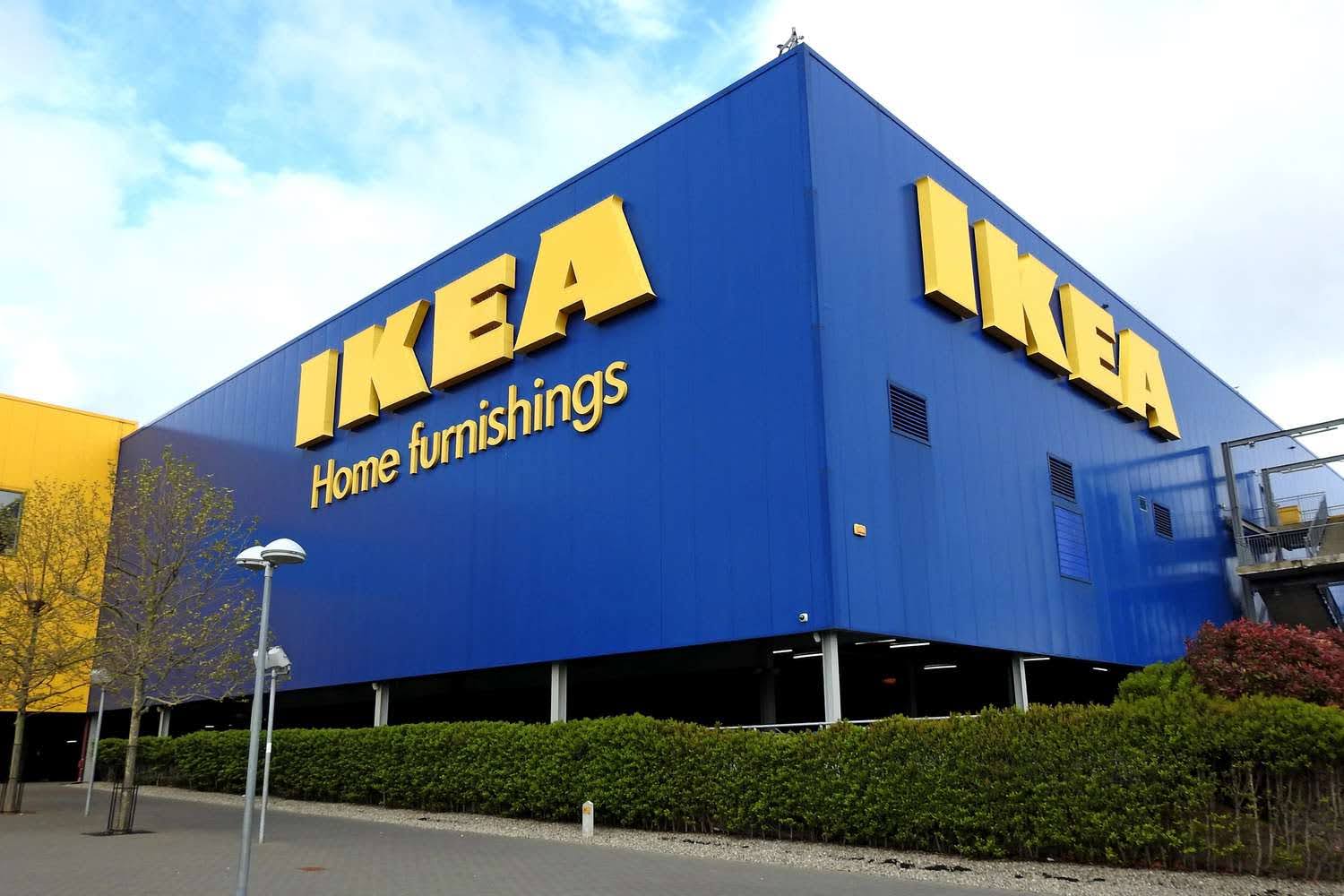
At the foundation of IKEA’s omnichannel approach is the innovative use of technology. From augmented reality apps that allow customers to visualize furniture in their own homes, to sophisticated online planning tools for designing spaces, IKEA empowers customers with the tools they need to make informed decisions from the comfort of their own digital devices. These digital services are seamlessly connected to IKEA’s physical stores, where customers can experience the tangible quality of products, receive personalized advice from experts, and participate in workshops that enrich their understanding of home design.
Moreover, IKEA leverages data to enhance the customer experience across all channels. By analyzing customer interactions online and in-store, IKEA gains valuable insights into shopping behaviors and preferences, which it uses to tailor product recommendations, streamline the shopping process, and even influence store layout and stock levels. This data-driven approach ensures that whether a customer is shopping online, browsing the IKEA app, or visiting a store, they are met with personalized engagement that resonates with their specific needs and preferences.
IKEA’s commitment to omnichannel retailing also extends to after-sales support, recognizing that the customer journey doesn’t end at purchase. Online resources, customer service portals, and in-store experts are readily available to assist with assembly, returns, and any other post-purchase needs, ensuring that customers feel supported at every stage of their interaction with IKEA.
How IKEA Executed Its Omnichannel Retail Strategy
IKEA’s execution of its omnichannel strategy involves several key initiatives that demonstrate the brand’s innovative use of technology and commitment to customer-centric service.
- IKEA Place App: Utilizing augmented reality (AR) technology, the IKEA Place app allows customers to visualize how furniture and products would look in their own homes before making a purchase. This tool bridges the online and physical worlds, helping customers make informed decisions and reducing the likelihood of returns.
- Click and Collect Service: Recognizing the need for convenience, IKEA offers a Click and Collect service where customers can order products online and pick them up at a local store at a designated time. This service not only enhances customer convenience but also encourages additional in-store purchases.
- Planning Tools and Services: IKEA provides online planning tools for kitchens, wardrobes, and living rooms, enabling customers to design their spaces digitally and receive personalized product recommendations. These tools integrate with in-store services, where customers can consult with IKEA experts to finalize their designs.
- Seamless Online and In-Store Integration: IKEA’s website and mobile app are closely integrated with its physical stores. Customers can check product availability at their local stores, access detailed product information, and even use in-store navigation tools to find products more easily.

A unique aspect of IKEA’s omnichannel strategy is its focus on sustainability and customer education. IKEA has initiated buy-back and recycling programs that encourage customers to return used furniture, seamlessly integrating these services across online and in-store channels. Moreover, IKEA’s commitment to educating customers about sustainable living practices is evident in its product designs, workshops, and online content, creating a comprehensive brand experience that extends beyond mere transactions.
Evaluation and Analysis
IKEA’s omnichannel initiatives have been highly effective, resulting in increased online sales, higher customer engagement, and improved customer satisfaction. The seamless integration of digital and physical channels has made shopping more accessible and convenient, fulfilling IKEA’s goal of creating a better everyday life for its customers.
For customers, IKEA’s omnichannel approach has transformed the furniture shopping experience, offering an unmatched level of convenience, personalization, and support. The ability to plan, visualize, and purchase products through a combination of digital and in-store experiences caters to the diverse preferences of today’s consumers.
On the market, IKEA’s success in implementing its omnichannel strategy has set a benchmark for the retail industry, particularly in the home furnishing sector. Its innovative use of technology, focus on customer service, and commitment to sustainability have not only enhanced its brand reputation but also prompted competitors to reassess their own retail strategies.
By integrating its digital and physical channels so effectively, IKEA not only offers unparalleled convenience and efficiency but also fosters a deeper, more personal connection with its customers. This holistic approach to omnichannel retailing has not only enhanced IKEA’s brand loyalty among its diverse customer base but has also set a new standard for retail excellence, demonstrating that the future of shopping is not about choosing between online or offline but about creating a cohesive, customer-centric experience that bridges the two.

In conclusion, IKEA exemplifies the potential of omnichannel retailing to revolutionize the way customers shop for home furnishings. Through its strategic integration of online and offline channels, innovative services, and focus on customer engagement and sustainability, IKEA has not only met the evolving needs of consumers but has also positioned itself as an outstanding omnichannel retail example in the future of furniture retail.
Best Omnichannel Retail Examples: Best Buy
Best Buy, a leading retailer in consumer electronics, has emerged as one of the leading examples of omnichannel retailing. Facing the challenges of digital transformation head-on, Best Buy has revitalized its business model by seamlessly integrating its online and offline channels to create an exceptional shopping experience that meets the evolving needs of today’s consumers.
Overview
At the center of Best Buy’s omnichannel strategy is a commitment to providing customers with unparalleled convenience, informed choice, and personalized services, whether they shop online, through mobile apps, or in physical stores. This approach has not only helped Best Buy to stay competitive in a rapidly changing retail landscape but has also solidified its position as a customer-centric brand in the consumer electronics market.

The key to Best Buy’s success lies in its ability to offer a seamless shopping journey that integrates the digital and physical realms. Customers can research products online, seek advice through mobile apps, and experience products firsthand in stores, with each channel offering a complementary aspect of the shopping experience. This integration ensures that customers have access to a wide range of products and services, along with the information and support they need to make informed purchasing decisions.
Moreover, Best Buy’s omnichannel strategy is characterized by innovative services that enhance the customer experience. From price-matching policies that ensure competitive value to in-store consultation services that offer expert advice, Best Buy goes beyond merely selling products. The retailer creates a supportive environment where customers can explore, learn, and find solutions that best meet their needs. The Buy Online, Pick Up In-Store (BOPIS) service further exemplifies this approach, providing the flexibility and convenience that today’s consumers demand.
How Best Buy Executed Its Omnichannel Retail Strategy
Best Buy’s execution of its omnichannel strategy is characterized by several key initiatives that leverage technology and customer insights to bridge the gap between digital convenience and the in-store experience.
- Price Matching Policy: To combat showrooming and ensure competitiveness with online retailers, Best Buy introduced a price matching policy that includes online competitors. This strategy reassures customers they are getting the best value, regardless of where they choose to shop.
- In-Store Consultation Services: Best Buy offers personalized in-store consultation services, such as the Geek Squad and Best Buy Mobile specialists, providing expert advice and assistance. These services are complemented by online appointment booking, enhancing the customer experience by offering expert help both online and offline.
- Buy Online, Pick Up In-Store (BOPIS): The BOPIS service allows customers to purchase items online and pick them up at their local Best Buy store within hours. This service combines the convenience of online shopping with the immediacy of in-store pickup, offering a flexible shopping option for customers.
- Enhanced Mobile App Experience: Best Buy’s mobile app integrates features such as product reviews, detailed product information, and the ability to check in-store availability, making it a valuable tool for customers whether they are shopping online or using it as a companion tool while browsing in-store.
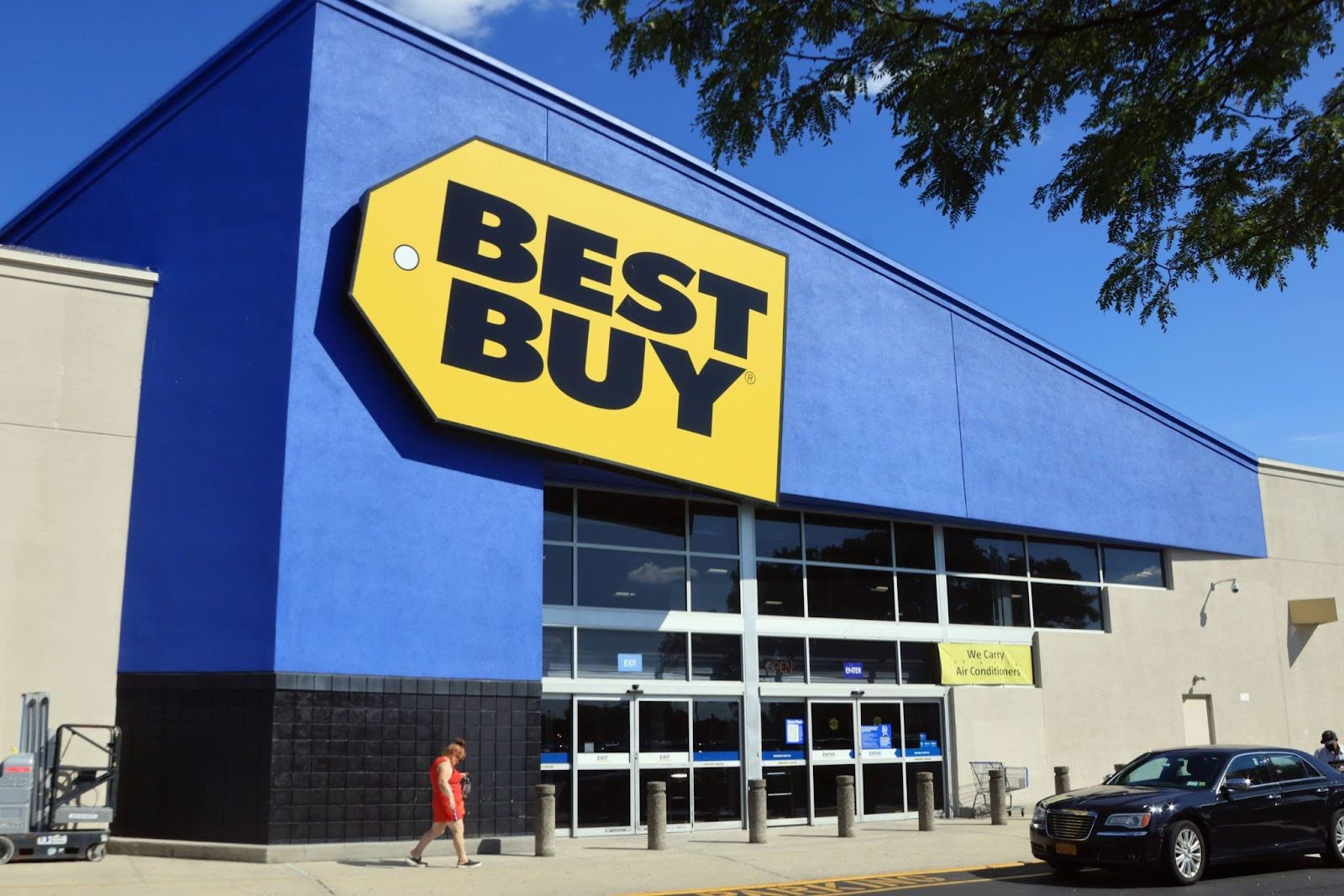
A distinctive aspect of Best Buy’s omnichannel strategy is its investment in employee training and empowerment. Recognizing that knowledgeable and engaged staff are crucial to the in-store experience, Best Buy has implemented extensive training programs to ensure its employees can provide valuable advice and support, mirroring the information and service customers might expect to find online. By equipping staff with the knowledge and tools to provide exceptional service, Best Buy ensures that the in-store experience is consistent with the high standards of its online channels. This focus on staff development not only enhances the quality of customer interactions but also fosters a culture of excellence and innovation within the organization.
Evaluation and Analysis
The effectiveness of Best Buy’s omnichannel strategy is evident in its revitalized sales figures, increased customer satisfaction scores, and enhanced market position. By offering a cohesive and customer-focused shopping experience across all channels, Best Buy has successfully turned the challenge of digital disruption into a strategic advantage.
For customers, Best Buy’s omnichannel approach has transformed the electronics purchasing journey into a more convenient, informed, and personalized experience. Customers have the flexibility to shop how and when they prefer, with the confidence of receiving competitive pricing and expert support at every turn. This level of service not only enhances customer satisfaction but also fosters loyalty, encouraging customers to return to Best Buy for their future electronics needs.
Best Buy’s successful navigation of the omnichannel landscape has not only helped it remain competitive but has also reinforced its reputation as a customer-centric brand. The retailer’s ability to adapt and innovate has set a high standard for omnichannel retailing in the consumer electronics market, demonstrating that with the right approach, traditional retailers can flourish in the digital age. Best Buy’s strategy offers valuable insights into how retailers can leverage technology, data, and personalized service to create a shopping experience that resonates with customers and drives long-term loyalty and growth.
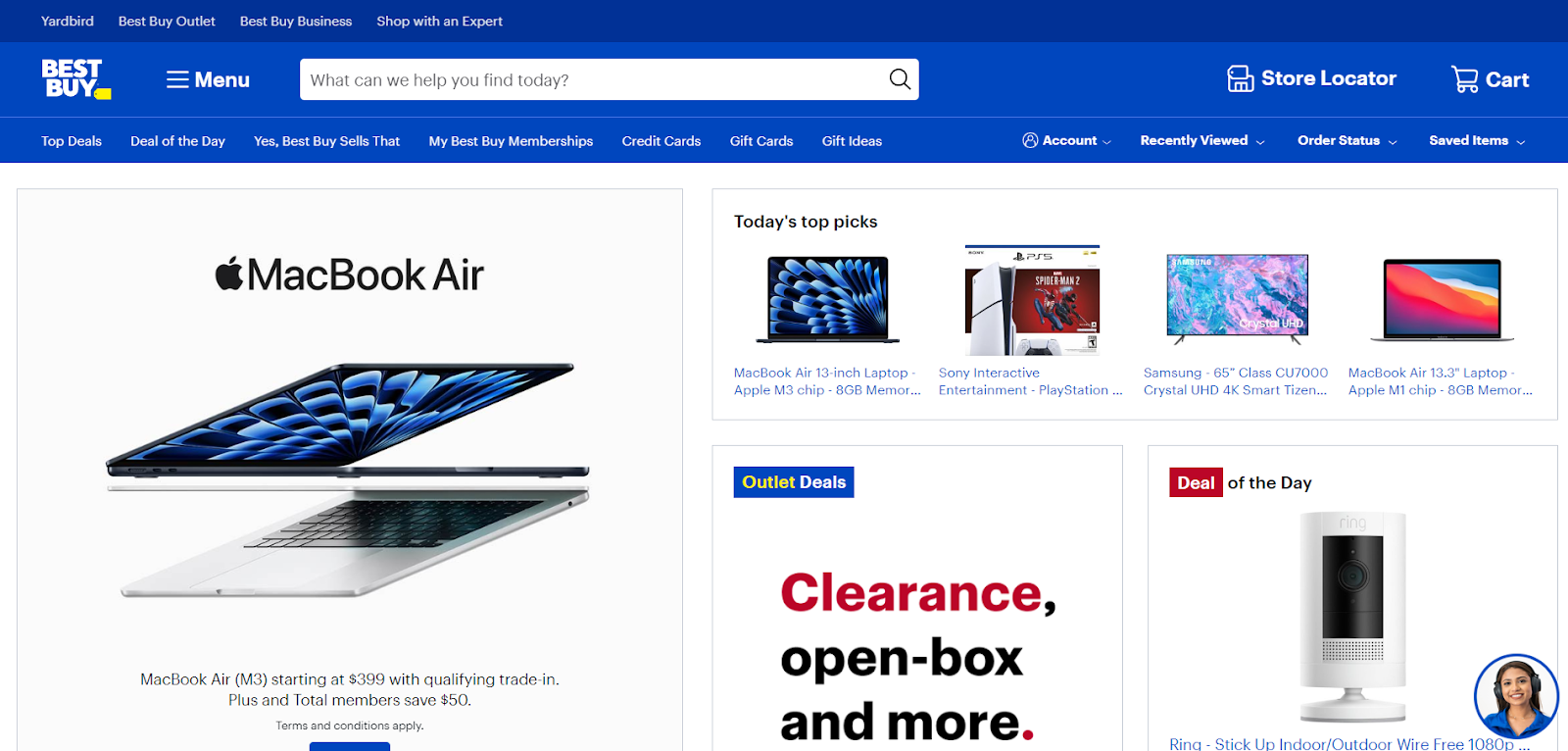
In conclusion, Best Buy exemplifies the power of a well-executed omnichannel retail strategy in the consumer electronics industry. Through innovative services, a commitment to competitive pricing, and a focus on customer experience, Best Buy has navigated the challenges of retail in the digital age, establishing itself as an excellent omnichannel retail example, setting a benchmark for others in the industry.
Best Omnichannel Retail Examples: Costco
Costco Wholesale Corporation, a global leader in warehouse club retail, has distinguished itself as an exemplary example of omnichannel retailing. Renowned for its bulk sales model and exclusive membership benefits, Costco has adeptly navigated the evolving retail landscape by integrating its digital and physical channels, thereby enhancing the shopping experience for its members.
Overview
Costco’s omnichannel strategy focuses on maintaining the core values of simplicity, value, and quality that have long defined its brand, while leveraging technology to meet the convenience and personalization demands of today’s consumers. This approach ensures that Costco remains competitive and relevant, fostering a seamless shopping journey that complements its in-store experience with robust online offerings.
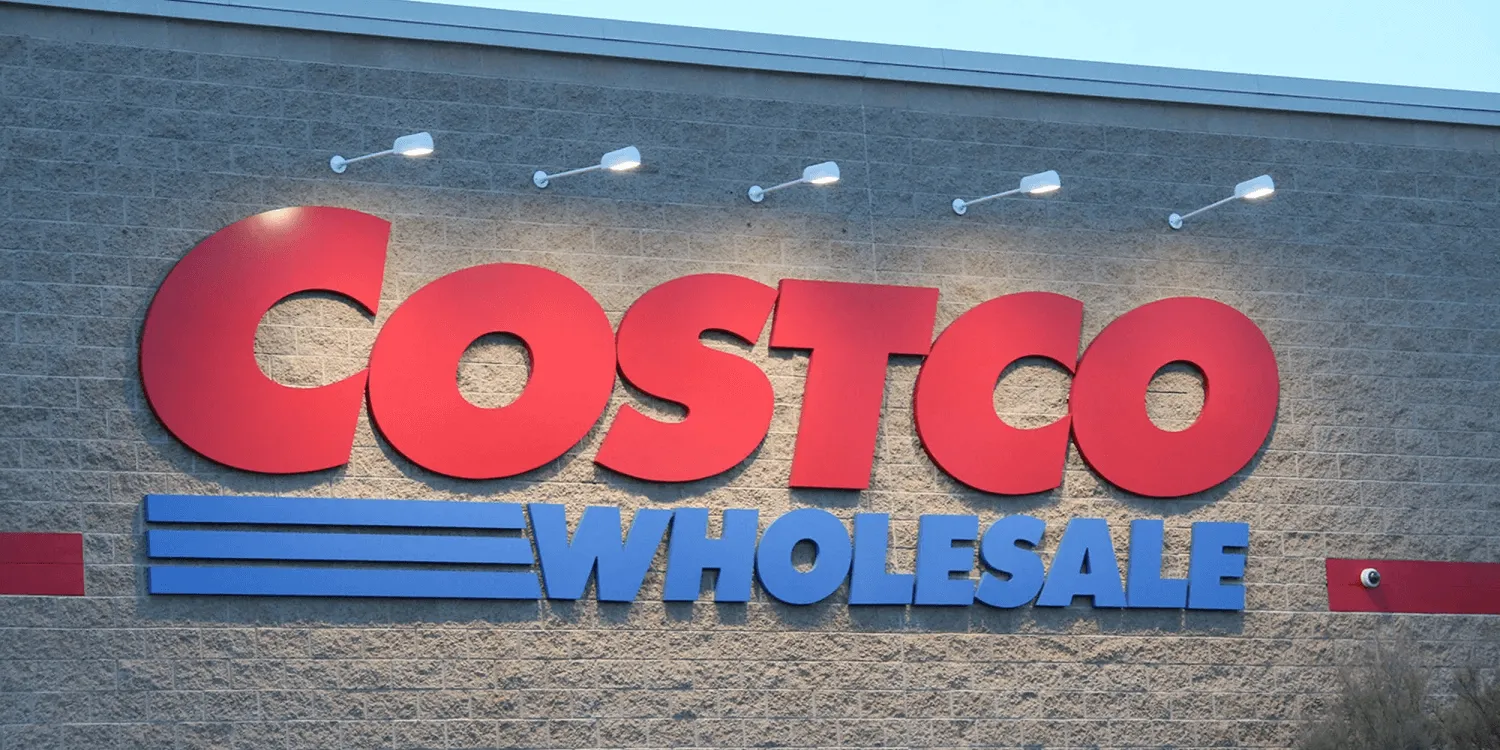
The essence of Costco’s omnichannel strategy lies in its commitment to providing a unified shopping experience, where the digital and physical realms are not in competition but are complementary components of a single, cohesive customer journey. Through enhancements to its eCommerce platform, Costco has made it easier for members to access its wide range of products online, offering the same wholesale prices and bulk purchase benefits that are available in its warehouse locations. This seamless integration ensures that whether a member chooses to shop from the comfort of their home or within the bustling aisles of a Costco warehouse, they are met with the same commitment to quality and value that defines the Costco brand.
Moreover, Costco’s implementation of services like Click and Collect further exemplifies its omnichannel prowess. By allowing members to place orders online and pick them up at their convenience in-store, Costco marries the efficiency of online shopping with the immediacy of in-store pickup. This service not only caters to the convenience sought by today’s shoppers but also leverages Costco’s physical infrastructure to enhance the overall efficiency of its retail operations.
The enhancement of the Costco mobile app with features such as digital membership cards and in-app shopping capabilities represents another strategic move in Costco’s omnichannel playbook. By providing members with a digital tool that enriches their shopping experience both online and in-store, Costco demonstrates its understanding of the importance of mobile technology in the modern consumer’s life. This focus on mobile integration allows Costco to stay connected with its members, offering personalized promotions, and simplifying the shopping process with digital conveniences.
How Costco Executed Its Omnichannel Retail Strategy
Costco’s execution of its omnichannel strategy is underscored by key initiatives that demonstrate the brand’s commitment to innovation, customer service, and integrated shopping experiences.
- Enhanced eCommerce Platform: Costco has significantly invested in its eCommerce platform, making it easier for members to browse and purchase a wide range of products online. The platform is seamlessly integrated with Costco’s membership system, allowing for personalized promotions and a streamlined checkout process.
- Click and Collect (Buy Online, Pickup In-Store): Costco’s Click and Collect service, known as Costco Grocery, allows members to order groceries online and pick them up at a designated time from their local warehouse. This service combines the convenience of online shopping with the immediacy and cost-effectiveness of in-store pickup.
- Mobile App Enhancements: The Costco mobile app has been enriched with features such as digital membership cards, in-app shopping, and warehouse information. This mobile integration provides members with a convenient way to shop and interact with Costco, both online and offline.
- Integrated Customer Service: Costco has integrated its customer service channels, ensuring that members receive consistent and efficient support, regardless of how they shop. This integration includes in-store assistance, online chat support, and responsive customer service through the Costco app.
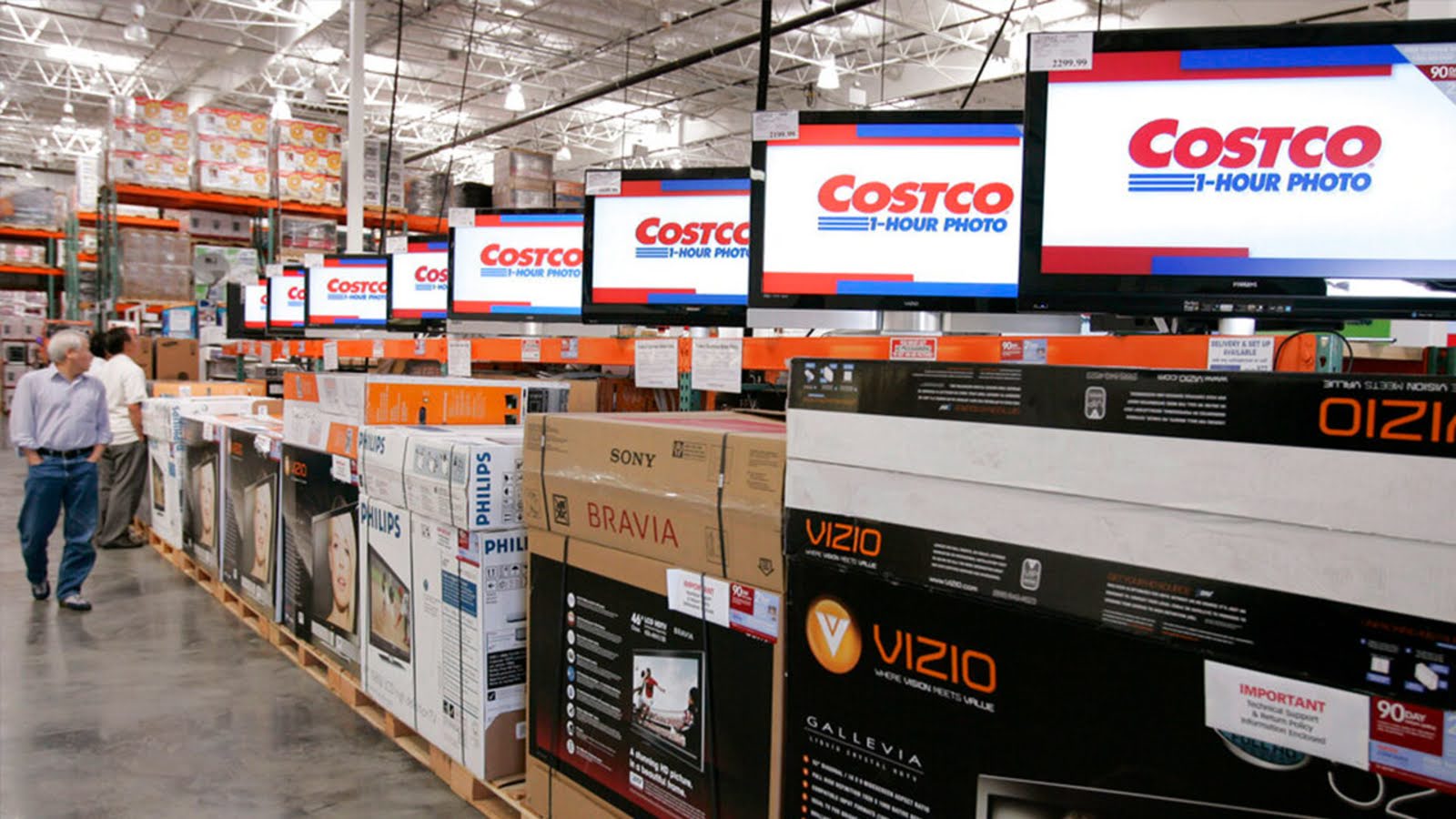
A unique aspect of Costco’s omnichannel strategy is its focus on maintaining the value and quality proposition for which it is known, even as it expands its digital footprint. Unlike many retailers that prioritize digital expansion at the expense of in-store experience, Costco carefully balances its online and offline offerings, ensuring that members enjoy the same quality, value, and service across all channels.
Evaluation and Analysis
The effectiveness of Costco’s omnichannel strategy is reflected in its continued membership growth and increased sales across both physical warehouses and digital channels. The seamless integration of its online and offline operations has not only enhanced member satisfaction but also contributed to Costco’s resilience in a competitive retail environment.
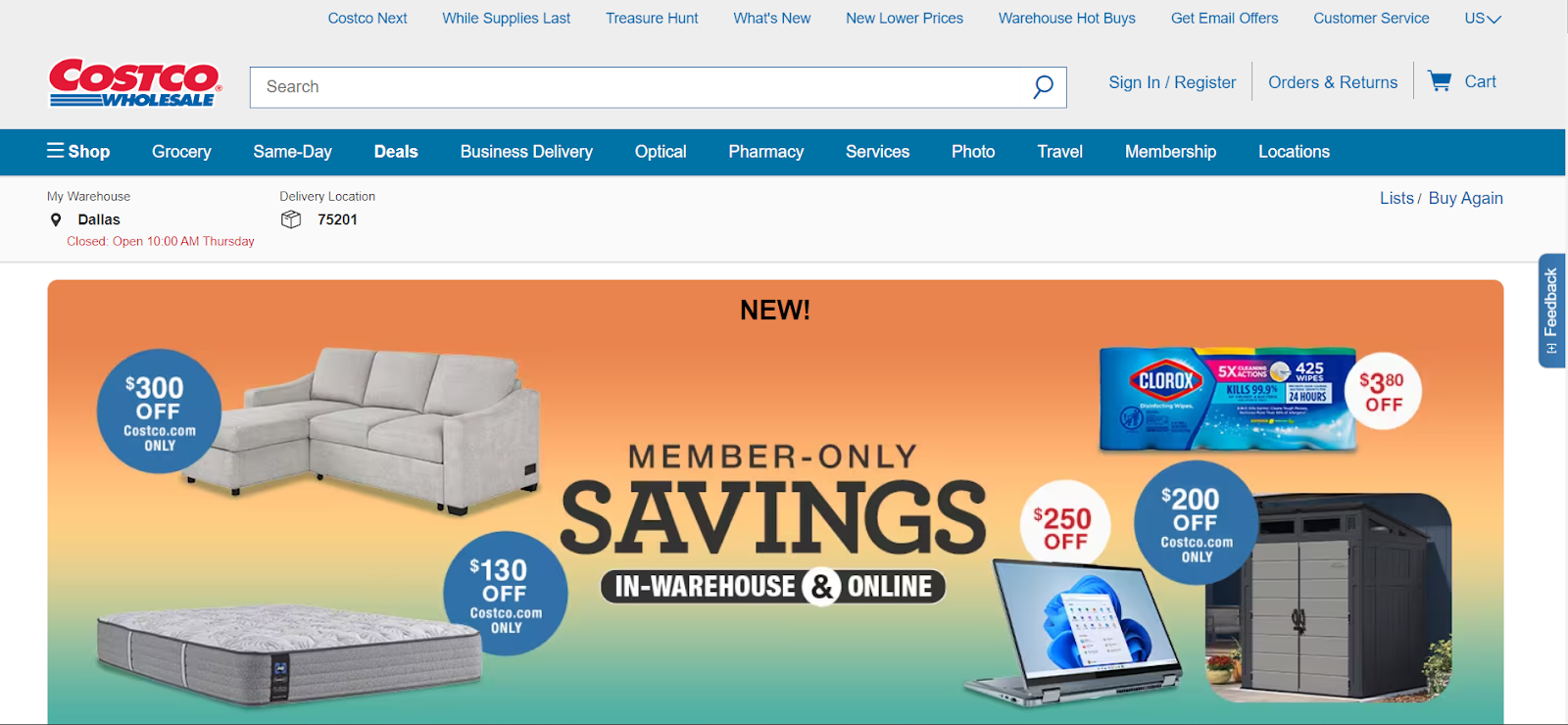
For Costco members, the brand’s omnichannel approach has elevated the shopping experience by providing greater convenience, personalization, and accessibility. Members appreciate the flexibility of shopping online or in-store, enjoying the benefits of Costco’s quality and value proposition regardless of the channel they choose. This seamless and integrated experience strengthens member loyalty and encourages continued engagement with the brand.
Costco’s omnichannel strategy, with its emphasis on simplicity, value, and quality, supported by technological innovation and a customer-centric approach, ensures that the brand remains not just competitive but also deeply relevant to its members. This strategy has not only bolstered Costco’s position in the retail market but has also served as a good omnichannel retail example, a benchmark for how traditional retailers can successfully transition into the digital age without compromising on their core values. Through its thoughtful approach to omnichannel retailing, Costco continues to provide its members with a shopping experience that is both rewarding and reflective of the brand’s commitment to excellence.
In conclusion, Costco exemplifies how a retailer can successfully implement an omnichannel strategy that respects its core brand values while embracing the opportunities of digital transformation. By offering a seamless, integrated shopping experience that spans online and physical spaces, Costco not only meets the demands of modern consumers but also reinforces its position as a leader in the wholesale retail sector. Costco’s approach offers valuable insights into the power of omnichannel retailing to enhance customer satisfaction and drive business success in today’s dynamic retail landscape.
Best Omnichannel Retail Examples: Whole Foods
Whole Foods, a subsidiary of Amazon and a leading organic and natural foods omnichannel retail example, has set an impressive standard for omnichannel retailing in the grocery sector. Known for its commitment to quality, sustainability, and customer service, Whole Foods has adeptly integrated its physical and digital retail strategies to meet the evolving needs of today’s health-conscious consumers.
Overview
Whole Foods’ strategic embrace of omnichannel retailing reflects a deep understanding of the modern consumer’s expectations for shopping convenience, personalization, and access to high-quality, sustainable products. By integrating advanced technology and data analytics into its retail operations, Whole Foods has crafted a shopping journey that fluidly connects the digital and physical realms, ensuring that every customer interaction is informed, seamless, and aligned with their individual needs and preferences.

This commitment to leveraging technology extends to several facets of the shopping experience, from online grocery ordering and delivery to in-store digital enhancements like smart price tags and interactive kiosks. These technological innovations not only streamline the shopping process but also enrich the customer’s engagement with the brand, providing valuable information and personalized recommendations that guide consumers toward healthier and more sustainable choices.
Moreover, Whole Foods’ partnership with Amazon Prime exemplifies a strategic move to integrate digital convenience with physical retail benefits. Exclusive discounts, free delivery options, and special in-store deals for Prime members bridge the gap between Whole Foods’ quality promise and Amazon’s digital prowess, creating a value proposition that is both compelling and unique in the marketplace. This synergy between Whole Foods and Amazon leverages the strengths of both brands to enhance customer loyalty and drive sales across channels.
Personalization is another cornerstone of Whole Foods’ omnichannel strategy, with data-driven insights playing a pivotal role in tailoring the shopping experience to each customer’s preferences. By analyzing shopping behaviors and preferences, Whole Foods can offer targeted promotions, curated product selections, and relevant content to its customers, making each interaction feel uniquely personal and highly relevant. This level of personalization not only meets the modern consumer’s expectation for bespoke shopping experiences but also fosters a deeper connection between the customer and the Whole Foods brand.
How Whole Foods Executed Its Omnichannel Retail Strategy
Whole Foods’ execution of its omnichannel strategy is marked by several key initiatives that showcase the brand’s innovative use of technology and its strategic partnership with Amazon.
- Amazon Prime Integration: By integrating Amazon Prime into its offerings, Whole Foods provides customers with exclusive benefits like special discounts, free delivery, and in-store deals for Prime members. This integration has successfully bridged Whole Foods’ in-store experience with Amazon’s digital prowess, enhancing customer loyalty and driving sales.
- Online Grocery Delivery and Pickup: Whole Foods has expanded its online grocery delivery and pickup services, allowing customers to shop for their groceries online via the Amazon website or app and choose between home delivery or curbside pickup. This service leverages Whole Foods’ physical stores as distribution centers, ensuring efficiency and timely fulfillment of online orders.
- In-store Digital Enhancements: Whole Foods stores now feature digital price tags, in-store kiosks for order placement, and QR codes that customers can scan to learn more about products or access Prime member deals. These digital enhancements enrich the in-store shopping experience, providing customers with added convenience and information.
- Data-Driven Personalization: Utilizing data analytics, Whole Foods offers personalized product recommendations and promotions to customers, both online and through targeted email marketing. This strategy leverages the vast data capabilities of Amazon to understand customer preferences and shopping habits, tailoring the shopping experience to meet individual needs.

A unique aspect of Whole Foods’ omnichannel strategy is its focus on creating a community around healthy living. Through initiatives like Whole Foods Market Cooking classes, health and wellness seminars, and the Whole Planet Foundation, Whole Foods extends its brand experience beyond transactions to engage customers in its mission and values. This community-oriented approach is seamlessly integrated across digital and physical channels, enhancing brand loyalty and customer engagement.
Evaluation and Analysis
The effectiveness of Whole Foods’ omnichannel strategy is evident in its increased foot traffic, higher online sales, and strengthened customer loyalty since the integration with Amazon Prime. These achievements highlight how effectively Whole Foods has leveraged omnichannel retailing to enhance its value proposition and meet the demands of modern consumers.
For customers, Whole Foods’ omnichannel approach has significantly improved the grocery shopping experience by offering more convenience, personalized services, and exclusive benefits. This has not only elevated customer satisfaction but also deepened the connection between consumers and the Whole Foods brand.
On the market, Whole Foods’ success has set a new benchmark for omnichannel retailing examples in the grocery sector, compelling competitors to rethink their strategies. Its innovative use of technology and strategic partnership with Amazon have demonstrated the potential of omnichannel retailing to transform traditional shopping experiences, driving the industry towards more integrated and customer-focused retail models.
Whole Foods’ omnichannel approach, grounded in the principles of convenience, personalization, and seamless integration, not only aligns with its mission to provide high-quality, organic food but also positions the brand as a leader in the evolution of grocery retailing. By addressing the growing demand for flexible and efficient shopping options, Whole Foods has set a benchmark for how grocery retailers can respond to the changing retail landscape, demonstrating that the future of retail lies in creating cohesive, customer-centric experiences that bridge online and offline worlds.

In conclusion, Whole Foods exemplifies the power of an effective omnichannel retail strategy in the grocery industry, showcasing how integrating digital and physical channels can enhance customer engagement, drive sales, and solidify a brand’s market position. Through its commitment to quality, sustainability, and customer-centric retailing, Whole Foods has not only met the evolving needs of its customers but has also paved the way for the future of grocery retail, solidifying its position as one of the leading omnichannel retail examples.
Best Omnichannel Retail Examples: Alibaba
Alibaba Group, the Chinese multinational conglomerate specializing in eCommerce, retail, internet, and technology, stands as a beacon of omnichannel retailing excellence. With its innovative approach to merging online and offline commerce, Alibaba has not only transformed the retail landscape in Asia but also set a global standard for how technology can create a seamless shopping experience.
Overview
Alibaba is a leading eCommerce and technology conglomerate based in China that serves as an outstanding omnichannel retail example in Asia. Its approach integrates online shopping with physical retail through initiatives like Hema Supermarkets (also known as Freshippo). These high-tech grocery stores blend in-store shopping with mobile browsing, allowing customers to shop, dine, and order groceries for home delivery within a 3-kilometer radius, all within Alibaba’s mobile app ecosystem. Hema’s use of data analytics to tailor product offerings and Alibaba’s integration of online payment systems like Alipay provide a seamless, efficient shopping experience that bridges the gap between digital and physical retail spaces.

At the forefront of Alibaba’s strategy is the concept of New Retail, a term coined by Alibaba’s founder, Jack Ma. New Retail seeks to blend the online and offline worlds, eradicating boundaries to create a fluid, dynamic shopping experience. This strategy leverages Alibaba’s technological prowess and extensive ecosystem of platforms to revolutionize retail, making it more engaging, efficient, and integrated.
How Alibaba Executed Its Omnichannel Retail Strategy
Alibaba’s execution of its omnichannel strategy is highlighted by several innovative projects and technologies, each designed to bridge the gap between virtual and physical retail spaces.
- Hema Supermarkets (Freshippo): These high-tech supermarkets are at the heart of Alibaba’s New Retail concept. Customers can shop in-store using the Hema app to scan products for information, pay with Alipay, and even have groceries delivered within 30 minutes to their homes. This seamless integration of mobile technology enhances the shopping experience and operational efficiency.
- Tmall Magic Box: This device allows consumers to enjoy a personalized shopping experience at home. By integrating with Alibaba’s AI and big data analytics, Tmall Magic Box suggests products based on viewing habits and preferences, bridging the gap between entertainment and eCommerce.
- Taobao Live: Alibaba’s live-streaming platform has become a powerful tool for brands and retailers to engage with consumers in real-time, offering a dynamic and interactive shopping experience that mirrors the engagement of physical retail.
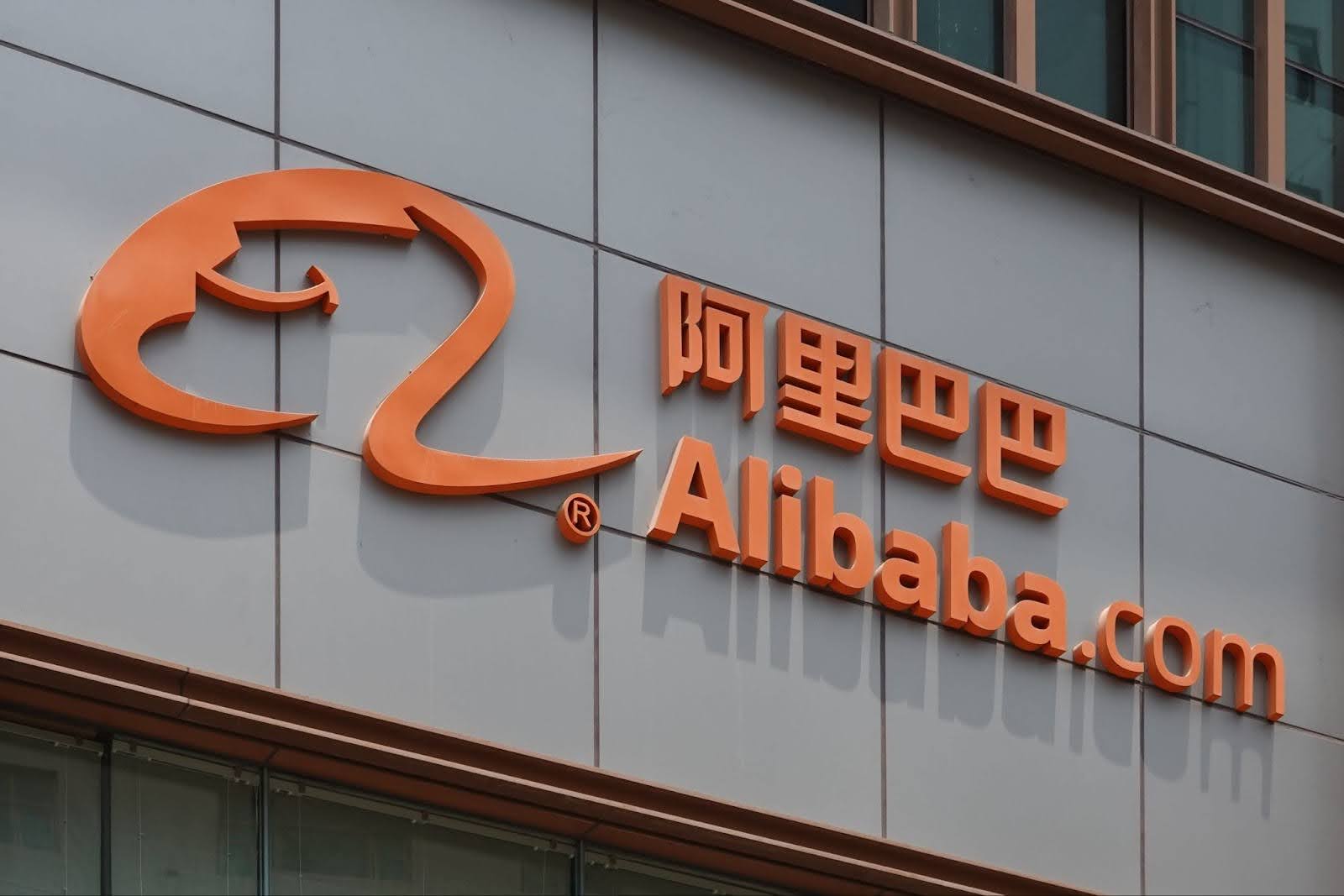
Alibaba’s New Retail is distinguished by its ecosystem approach, leveraging a wide array of platforms and services to create a comprehensive omnichannel experience. From logistics and payment solutions to cloud computing and AI, Alibaba utilizes its vast infrastructure to support and enhance retail operations, creating a network where online and offline activities support and amplify each other.
Evaluation and Analysis
The effectiveness of Alibaba’s omnichannel strategy is evident in its substantial growth, market penetration, and customer engagement levels. By offering a highly integrated shopping experience, Alibaba has not only retained a competitive edge but also shaped consumer expectations in the retail industry.
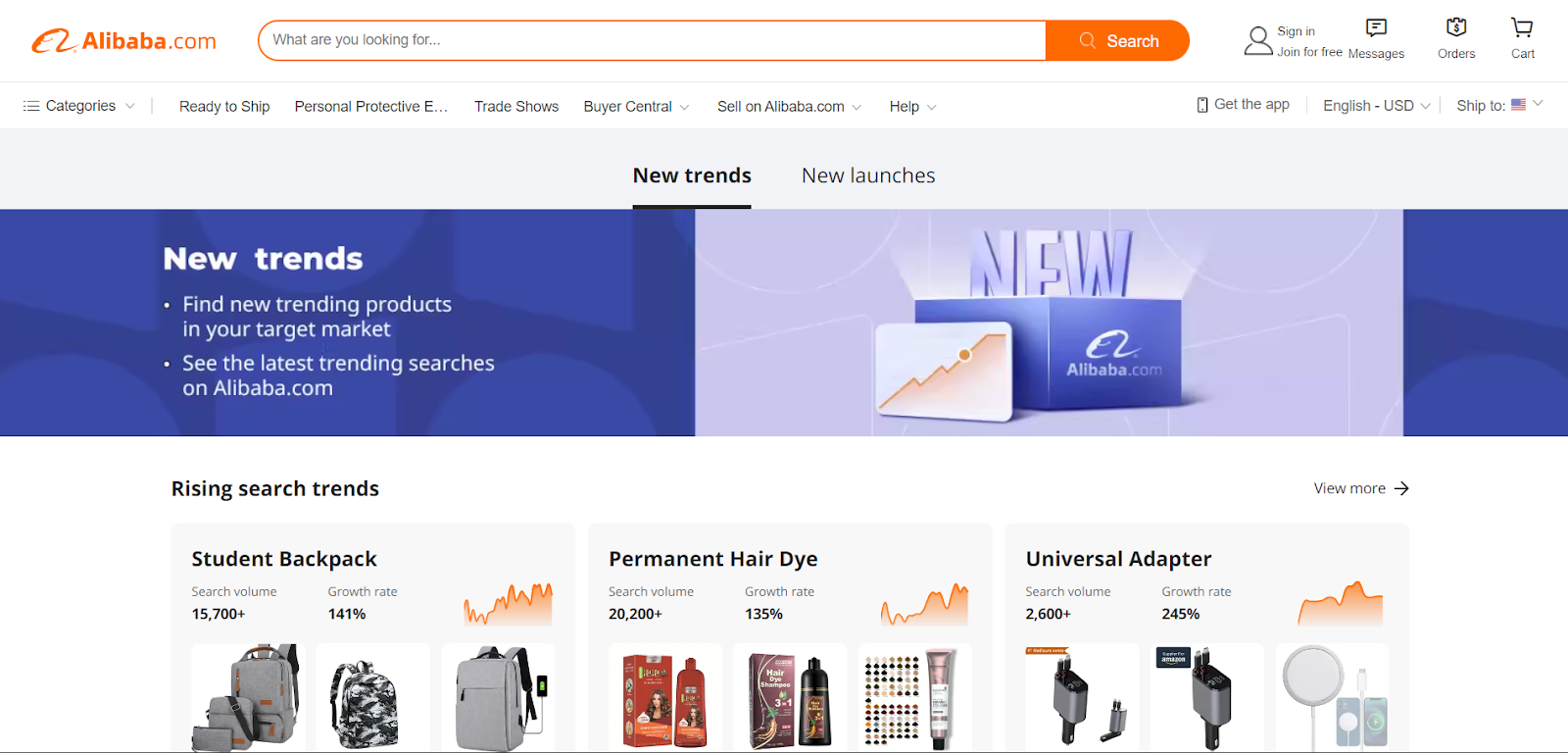
For customers, Alibaba’s omnichannel approach has set a new standard for convenience, personalization, and choice, offering a richer, more connected shopping journey. This has fostered a high level of customer loyalty and satisfaction, driving repeat business and word-of-mouth recommendations.
On the market, Alibaba’s success has prompted a reevaluation of retail strategies globally, pushing competitors to explore similar integrations of online and offline channels. It has also demonstrated the potential of data and technology to transform retail, offering insights that have spurred innovation across the industry.
In conclusion, Alibaba’s omnichannel retail strategy exemplifies the future of retail, where the boundaries between online and offline become increasingly blurred. Through innovative use of technology and a customer-first approach, Alibaba has not only succeeded in enhancing the shopping experience but has also paved the way for the next evolution of retail worldwide.
Best Omnichannel Retail Examples: Uniqlo
Uniqlo, a global leader in the fast-fashion industry, originating from Japan, has distinguished itself with a comprehensive omnichannel strategy that seamlessly merges digital and physical retail environments. Known for its high-quality, functional, and affordable clothing, Uniqlo has leveraged technology and innovation to enhance customer experiences, making it a standout example of omnichannel retailing done right.
Overview
Based in Japan, Uniqlo is a global casual wear retailer known for its innovative approach to omnichannel retailing. Uniqlo leverages its online platform and mobile app to enhance customer experience, offering services such as online ordering with in-store pickup, easy access to inventory information across store locations, and mobile-exclusive promotions. Uniqlo’s Magic Mirror, an in-store feature, allows customers to try on clothing and see how it looks in different colors using augmented reality, merging digital convenience with the tactile experience of physical shopping. This integrated approach helps Uniqlo maintain a cohesive brand experience, drive sales, and improve customer satisfaction across its global market, particularly in Asia.
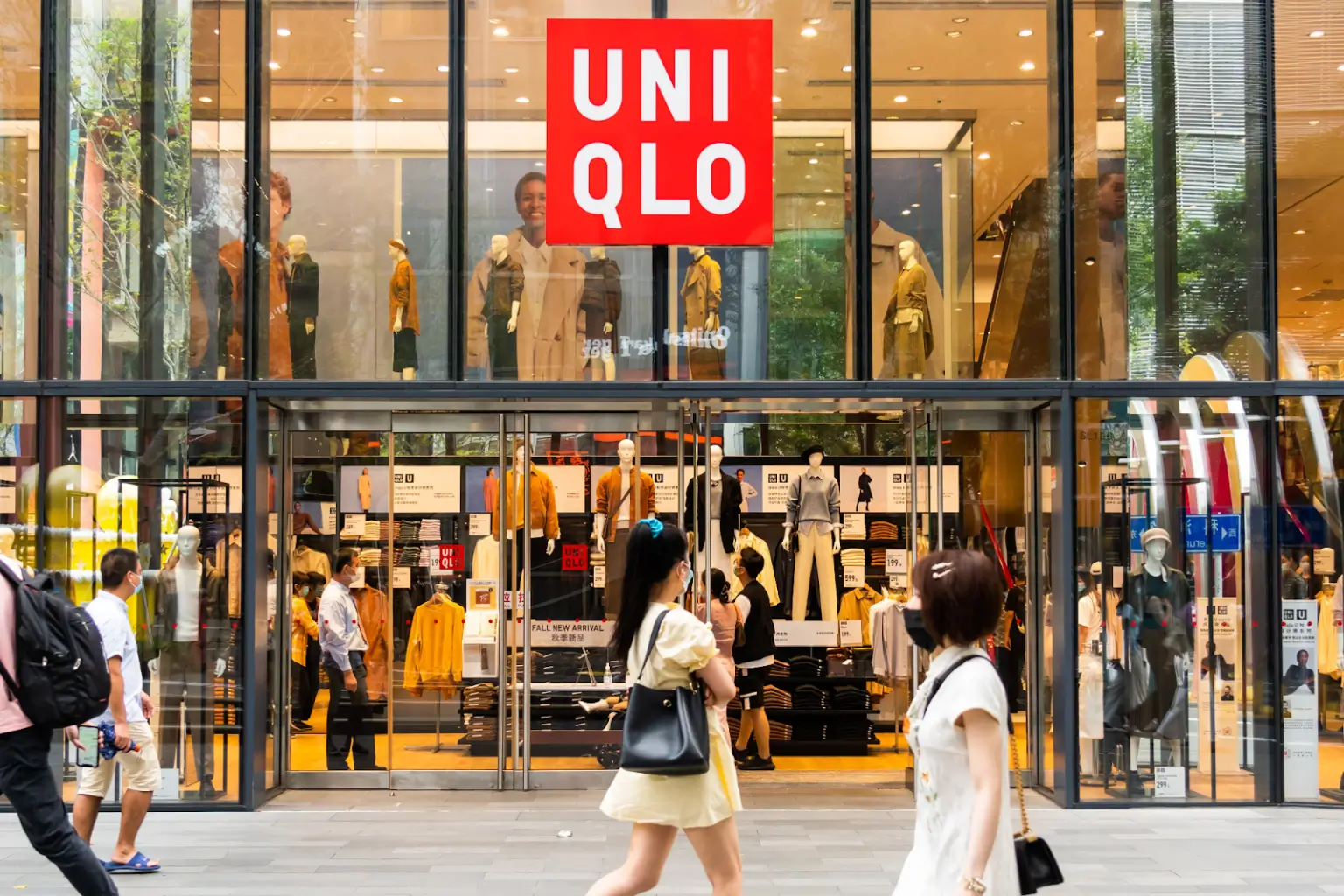
Uniqlo’s approach to omnichannel retailing is centered on providing a consistent and cohesive brand experience across all customer touchpoints. By integrating its online platforms with its extensive network of physical stores, Uniqlo offers customers a variety of convenient shopping options, ensuring that the brand is accessible whenever and wherever customers need it.
How Uniqlo Executed Its Omnichannel Retail Strategy
Uniqlo’s execution of its omnichannel strategy is underscored by key initiatives aimed at increasing accessibility, enhancing customer convenience, and fostering a deeper connection with the brand.
- Unified Online and Offline Inventory: Uniqlo offers customers the ability to check item availability at their local stores through its website and mobile app. This feature ensures that customers can seamlessly transition from online browsing to in-store purchasing, enhancing the shopping experience.
- Click-and-Collect Service: Through its click-and-collect service, customers can order products online and choose to pick them up at a nearby Uniqlo store. This service not only combines the convenience of online shopping with the immediacy of in-store pickup but also encourages additional in-store purchases.
- In-Store Digital Kiosks: Uniqlo’s in-store digital kiosks allow customers to browse the full product range, place orders for items not available in-store, and even arrange for home delivery. These kiosks bridge the gap between the physical and digital shopping experience, offering a comprehensive solution for customer needs.
- Mobile App Integration: The Uniqlo app integrates with in-store experiences by offering exclusive deals, personalized recommendations, and digital services such as mobile payments and the ability to scan barcodes for product information, enhancing the in-store experience with digital convenience.
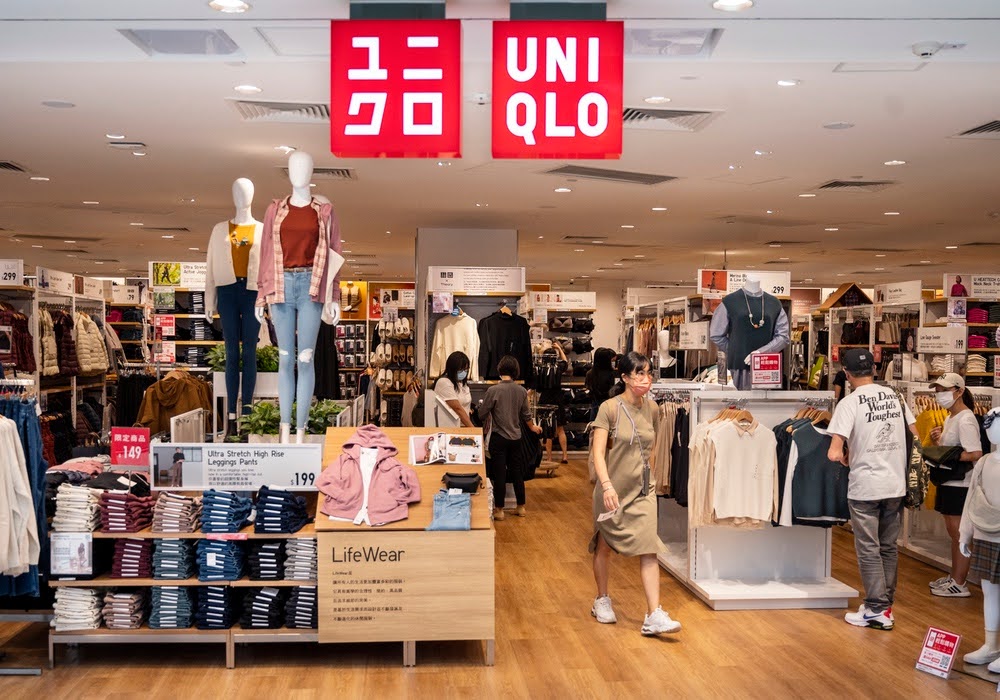
A unique aspect of Uniqlo’s omnichannel strategy is its commitment to innovation and customer education. Through initiatives like the Uniqlo IQ personal assistant and style adviser integrated into its app, Uniqlo uses AI to provide fashion insights and personalized product recommendations, enriching the customer’s decision-making process. Additionally, Uniqlo’s approach to LifeWear is communicated consistently across channels, emphasizing the brand’s philosophy of making clothes that enhance everyone’s lifestyle.
Evaluation and Analysis
The effectiveness of Uniqlo’s omnichannel strategy is reflected in its sustained global expansion, increased sales both online and offline, and high levels of customer engagement. By offering a seamless and integrated shopping experience, Uniqlo has successfully met the evolving needs of its customers, reinforcing its position in the competitive fast-fashion market.
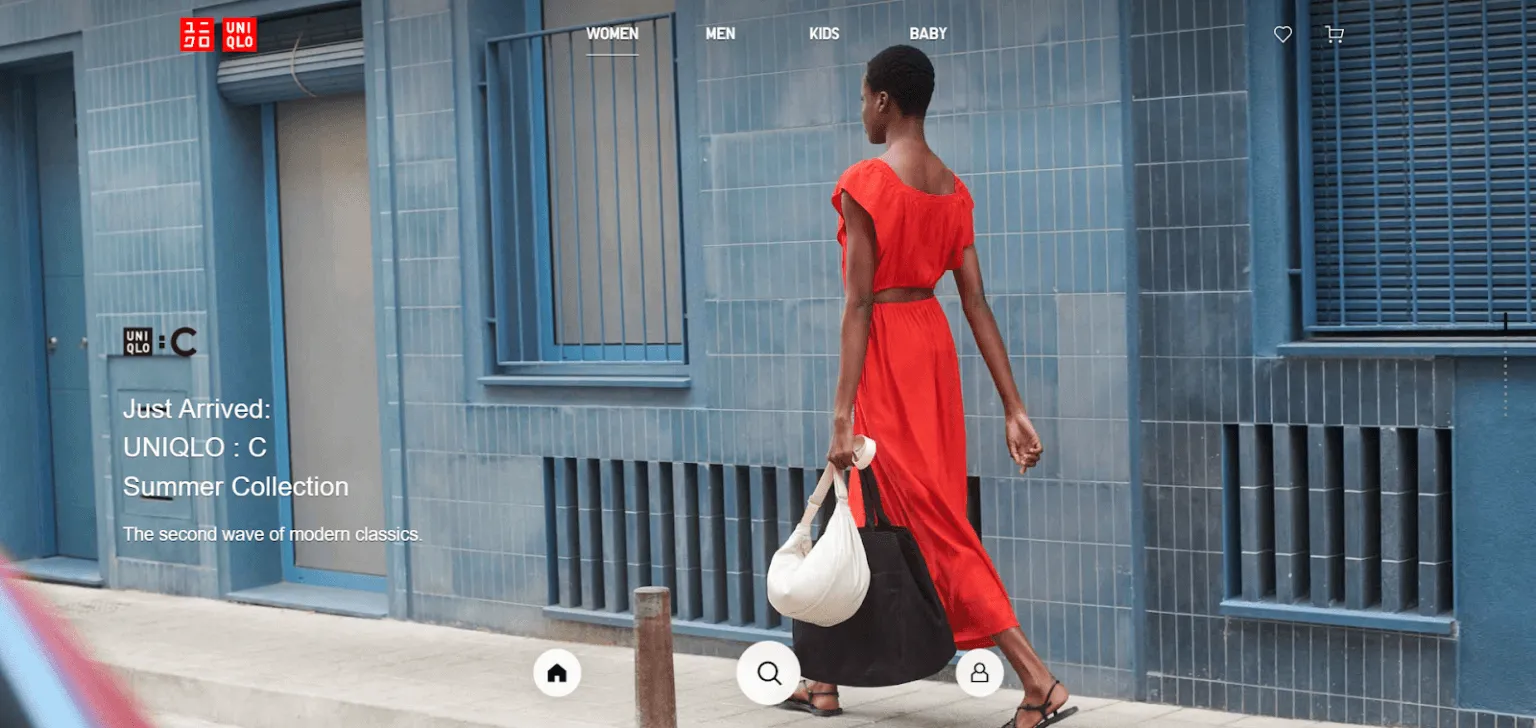
For customers, Uniqlo’s omnichannel approach has significantly improved the shopping experience by providing flexibility, convenience, and a personalized touch. This customer-centric strategy has fostered loyalty and satisfaction, encouraging repeat business and positive word-of-mouth.
On the market, Uniqlo’s success has set a benchmark for omnichannel retailing in the fashion industry, inspiring competitors to adopt similar strategies. Its innovative use of technology and focus on customer convenience have demonstrated the potential of omnichannel retailing to transform traditional shopping models, driving the industry towards more integrated and customer-focused practices.
In conclusion, Uniqlo exemplifies the power of an effective omnichannel retail strategy in the fashion industry, showcasing how the thoughtful integration of digital and physical channels can enhance customer engagement, drive sales, and solidify a brand’s market position. Through its commitment to innovation, customer convenience, and a seamless shopping experience, Uniqlo has not only met the demands of modern consumers but has also paved the way for the future of retail.
Lessons Learned and Best Practices from Omnichannel Retail Examples
The evolution of retail in the digital age has given rise to omnichannel strategies that offer seamless and integrated shopping experiences, transcending traditional boundaries between online and offline channels. Analyzing leading examples of omnichannel retailing, such as Amazon, Best Buy, Costco, Whole Foods, Zara, Nike, and IKEA – amongst others – reveals common themes and strategies that have set these companies apart. Here, we synthesize these insights into key lessons and best practices for retailers aiming to refine or embark on their omnichannel journey.
Best Examples of Omnichannel Retailing: What do they have in common?
In examining the strategies and outcomes of leading omnichannel retail examples, a pattern of overarching themes becomes evident. These themes, which recur across various successful implementations of omnichannel strategies, highlight the fundamental aspects that are crucial for retail businesses aiming to thrive in today’s complex and digitally driven market environment. These commonalities include but not limited to:
- Customer-Centricity: At the heart of successful omnichannel strategies is a deep understanding of customer needs, preferences, and behaviors. Tailoring the shopping experience to meet these expectations is paramount.
- Technology Integration: Seamless integration of technology across all channels enables retailers to offer a cohesive and efficient shopping experience, whether online, in-app, or in-store.
- Data-Driven Personalization: Leveraging data analytics to personalize the shopping experience enhances customer satisfaction and loyalty, driving sales and fostering a deeper connection with the brand.
- Convenience and Flexibility: Offering multiple, flexible shopping and fulfillment options, such as BOPIS (buy online, pick up in-store), curbside pickup, and same-day delivery, responds to the modern consumer’s demand for convenience.
- Innovative Services: Unique services that add value and enhance the shopping experience, such as virtual try-ons, in-store consultations, and community-building initiatives, distinguish omnichannel leaders from their competitors.
What can we learn?
From the commonalities that we have seen throughout all of the best omnichannel retail examples, there are some key lessons and takeaways that one should take notes, should one find themselves in need of developing their own omnichannel retail business. Here are some of the key takeaways:
- Understanding Customer Expectations: Today’s consumers expect a shopping experience that is not only seamless across all channels but also personalized to their individual needs. Recognizing and meeting these expectations is crucial for success.
- Investing in Technology: The backbone of an effective omnichannel strategy is robust technology infrastructure. Investments in eCommerce platforms, mobile apps, data analytics, and in-store technology are essential for creating a seamless and integrated shopping experience.
- Integrating Physical and Digital Channels: The future of retail lies in the convergence of online and offline experiences. Retailers must ensure that their physical and digital channels complement and enhance each other, providing customers with a unified brand experience.
Best Practices for Enhancing Omnichannel Strategies
For retailers looking to refine or develop their omnichannel strategies, understanding the core principles that drive success in this area is essential. Drawing from the insights gleaned from industry leaders who have excelled in creating seamless and integrated shopping experiences, there exists a compilation of best practices that can serve as a guide:
- Start with the Customer Journey: Map out the customer journey across all touchpoints to identify opportunities for integration and personalization. Understand where your customers are interacting with your brand and how you can make these interactions more seamless and engaging.
- Leverage Data for Personalization: Collect and analyze customer data to offer personalized recommendations, promotions, and content. Personalization should extend beyond marketing to encompass the entire shopping experience, including product discovery, purchase, and post-purchase support.
- Focus on Mobile Experience: With consumers increasingly using smartphones for shopping, ensure that your mobile app and website offer a user-friendly and feature-rich experience. Mobile platforms should be fully integrated with your physical stores, offering functionalities like in-store navigation, product scanning, and mobile payments.
- Empower Your Employees: In the omnichannel world, employees play a key role in delivering a cohesive brand experience. Invest in training and technology to empower your staff to provide excellent customer service, whether they are interacting with customers online or in-store.
- Innovate and Experiment: Stay ahead of the curve by continuously exploring new technologies and services that can enhance the omnichannel experience. Be open to experimentation and learn from both successes and failures.
By adhering to these best practices and lessons learned from leading omnichannel retailers, companies can navigate the complexities of the modern retail landscape, offering experiences that meet the high expectations of today’s consumers and driving sustainable business growth.
Core Components of Successful Omnichannel Retailing
For retailers aiming to thrive in the digital age, mastering omnichannel retailing is not just an advantage – it’s a necessity. Central to this mastery are four core components that form the foundation of any successful omnichannel strategy: technology integration, data analytics, customer experience management, and inventory visibility. When effectively implemented and harmonized, these elements not only elevate the customer experience but also drive operational efficiency and business growth.
The Four Horsemen of Omnichannel Retailing
The digital age has ushered in a paradigm shift in retailing, where the lines between physical and digital shopping experiences blur, giving rise to the omnichannel retailing model. This model emphasizes a seamless integration of all available shopping channels, offering a unified experience to customers regardless of how they choose to interact with a brand. For retailers navigating this landscape, the mastery of omnichannel retailing is no longer merely beneficial – it’s imperative for survival and growth. At the heart of this mastery are four pivotal components that together form the bedrock of a robust omnichannel strategy: technology integration, data analytics, customer experience management, and inventory visibility.
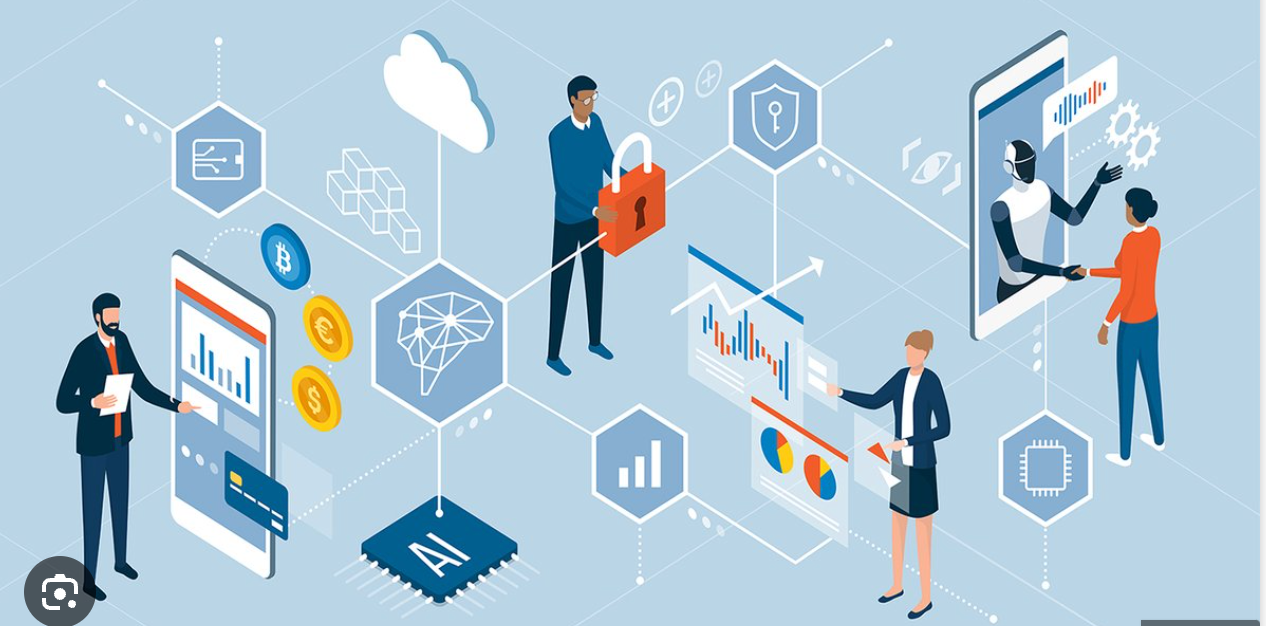
The synergy of these components not only amplifies the overall shopping experience but also propels operational efficiency and fosters business expansion. Technology integration ensures that different shopping platforms – be it in-store, online, or via mobile – work in concert, providing a cohesive brand experience that is both seamless and intuitive. Data analytics harnesses the power of customer data, offering insights that fuel personalized experiences, optimize product offerings, and refine marketing strategies. Customer experience management prioritizes the shopper’s journey, ensuring each touchpoint, from discovery to purchase and beyond, is engaging, consistent, and tailored to individual needs and preferences. Lastly, inventory visibility grants both retailers and customers real-time access to stock levels, facilitating efficient order fulfillment, reducing stockouts, and enhancing customer satisfaction.
Together, these four elements craft a shopping ecosystem where convenience, personalization, and operational excellence are paramount. By effectively implementing and harmonizing these core components, retailers can not only meet but exceed the evolving expectations of today’s consumers, securing their place in the competitive and ever-changing landscape of digital-age retailing.
Technology Integration
Technology serves as the linchpin of omnichannel retailing, enabling the seamless connection between different channels—be it online, in-app, or in-store. This integration allows for a unified platform through which all customer interactions and transactions are tracked and managed. Key technologies include CRM systems, eCommerce platforms, mobile applications, and point-of-sale (POS) systems that communicate with each other in real-time. For instance, when a customer adds an item to their cart via a mobile app, this action is immediately reflected across all other channels, including the desktop website and in-store systems. Such integration ensures consistency and fluidity in the shopping experience, irrespective of the channel used.
Data Analytics
Data analytics stands at the core of personalization and informed decision-making in omnichannel retailing. By collecting and analyzing data from various touchpoints, retailers can gain insights into customer behaviors, preferences, and purchasing patterns. This information is instrumental in crafting tailored marketing messages, optimizing inventory levels, and even customizing product recommendations. Advanced analytics can predict future buying behaviors, enabling retailers to anticipate customer needs and adjust their strategies accordingly. Leveraging data analytics, retailers can move beyond generic customer interactions, offering personalized shopping experiences that resonate with individual customers and drive loyalty.
Customer Experience Management
At the heart of omnichannel retailing is the commitment to delivering exceptional customer experiences. This involves ensuring consistency and personalization across all channels, from the physical layout of stores to the user interface of websites and apps. Customer experience management also includes providing comprehensive customer support, with integrated communication channels such as live chat, social media, email, and phone support, allowing customers to reach out through their preferred medium. Furthermore, it encompasses creating engaging in-store experiences through digital enhancements, such as interactive kiosks or augmented reality applications, blurring the lines between online and offline shopping.
Inventory Visibility
Effective inventory visibility is crucial for fulfilling the promise of omnichannel retailing. This entails real-time tracking of stock levels across all sales channels and warehouses, ensuring that product availability is accurately represented to customers no matter how they shop. Inventory visibility allows retailers to efficiently manage stock, reduce the risk of overstocking or stockouts, and optimize fulfillment processes. For example, if an item is out of stock online, the retailer can direct the customer to the nearest store where the item is available, or alternatively, offer the option to reserve the product for pickup. This not only enhances customer satisfaction but also improves inventory turnover and operational efficiency.
Creating a Cohesive Shopping Experience
The integration of technology, data analytics, customer experience management, and inventory visibility forms the backbone of a cohesive omnichannel strategy. Together, these components ensure that customers receive a consistent, personalized shopping experience across all channels.
Through technology integration, the barriers between different shopping platforms are dismantled, allowing for a fluid transition from digital browsing on a smartphone app to physical exploration in a brick-and-mortar store, and vice versa. This seamless interplay ensures that the customer journey is uninterrupted, fostering a sense of continuity and comfort regardless of the shopping channel.
Data analytics plays a critical role in understanding and predicting customer behavior. By aggregating and analyzing data from various touchpoints, retailers can gain a comprehensive view of their customers’ preferences and purchasing patterns. This intelligence enables the customization of marketing messages, the personalization of product recommendations, and the optimization of inventory distribution, ensuring that what customers seek is always within reach, whether they shop online or offline.
Customer experience management is the art and science of curating every interaction between the brand and its customers. This involves not just ensuring the availability of products and services but also creating meaningful and memorable experiences that resonate on a personal level. Whether it’s through personalized shopping assistance, hassle-free returns, or engaging in-store technologies, the goal is to delight the customer at every turn, turning occasional shoppers into loyal advocates.
Inventory visibility is the cornerstone of fulfilling the promise of omnichannel retailing. By maintaining accurate, real-time visibility into inventory levels across all sales channels, retailers can confidently promise and deliver on customer expectations. This visibility enables not just the efficient fulfillment of online orders but also supports services like buy online, pick up in-store (BOPIS), and ship from store, which are critical components of a flexible and responsive omnichannel strategy.
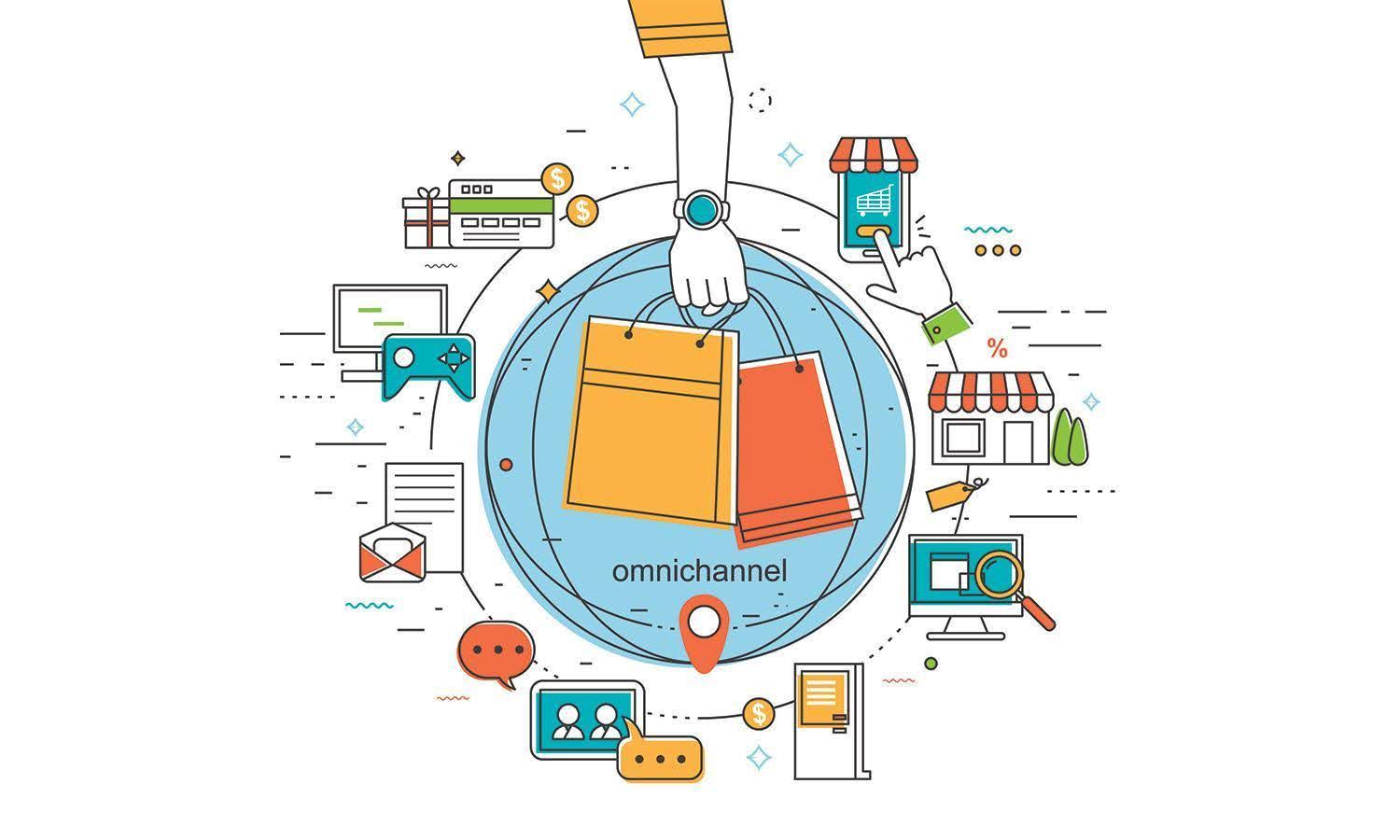
In essence, the synergy of technology integration, data analytics, customer experience management, and inventory visibility creates a robust omnichannel framework that is greater than the sum of its parts. This framework not only elevates the shopping experience to new heights but also builds a foundation of trust and loyalty that can significantly impact a retailer’s bottom line. By investing in these core components, retailers set themselves up for success in the digital age, ready to meet the demands of today’s connected and discerning consumers.
The Future of Omnichannel Retailing
The landscape of retail is continuously evolving, driven by technological advancements and changing consumer expectations. As we look toward the future, it’s clear that omnichannel retailing is set to become even more sophisticated, with emerging technologies playing a pivotal role in shaping the next wave of retail transformation. Alongside technological innovation, there’s a growing emphasis on sustainability and ethical considerations, marking a shift towards more responsible and conscious retail practices.
The Evolution of Omnichannel Strategies with Emerging Technologies
The integration of Artificial Intelligence (AI), Augmented Reality (AR), and Virtual Reality (VR) into omnichannel strategies is anticipated to redefine the shopping experience, making it more personalized, interactive, and engaging. AI technologies, through machine learning algorithms and data analytics, will further enhance personalization, enabling retailers to offer highly tailored product recommendations, optimized pricing strategies, and predictive inventory management. This level of personalization not only boosts customer satisfaction but also significantly improves operational efficiency.
AR and VR technologies are set to revolutionize the way consumers interact with products. AR applications, for instance, will allow customers to visualize products in their own space before making a purchase, reducing uncertainty and enhancing confidence in their buying decisions. VR could take the customer experience to new heights by creating immersive virtual stores, allowing customers to browse and shop as if they were in a physical store from the comfort of their homes. These technologies will bridge the gap between online and offline experiences, offering customers a seamless and unified shopping journey.
The Increasing Role of Sustainability and Ethical Considerations in Omnichannel Retailing
Sustainability and ethical considerations are becoming increasingly important in the retail sector, influencing both consumer choices and corporate strategies. Consumers are more aware of the environmental and social impact of their purchases, driving demand for sustainably produced and ethically sourced products. In response, retailers are integrating sustainability into their omnichannel strategies, from reducing packaging waste and minimizing carbon footprints in delivery processes to ensuring fair labor practices in their supply chains.
Moreover, transparency plays a crucial role in building trust with consumers. Retailers are leveraging omnichannel platforms to provide detailed information about the sustainability and ethical credentials of their products. This not only helps consumers make informed decisions but also positions retailers as responsible and trustworthy brands.
Preparing for the Next Wave of Retail Transformation
As we stand on the brink of the next wave of retail transformation, retailers must embrace innovation, prioritize sustainability, and stay attuned to the evolving expectations of their customers. To thrive in this dynamic environment, retailers must be willing to experiment with emerging technologies, adopt sustainable practices, and foster a culture of ethical responsibility.
Preparing for the future of omnichannel retailing requires a forward-thinking mindset and a commitment to continuous improvement. Retailers should invest in technology infrastructure, cultivate partnerships that can enhance their technological capabilities, and commit to transparency and sustainability in their operations. By doing so, they can not only meet the demands of tomorrow’s consumers but also contribute to a more sustainable and ethical retail ecosystem.
Conclusion for the best Omnichannel Retail Examples
The omnichannel retail examples of Amazon, Best Buy, Costco, Whole Foods, Zara, Nike, IKEA, Walgreens, Sephora, and Target serve as illuminating case studies in the effective execution of omnichannel retailing. Each of these retail giants has uniquely leveraged technology – ranging from AI, AR/VR, to mobile apps – and data-driven insights to enhance customer engagement, streamline operations, and drive sales. Key takeaways from these examples include the importance of customer-centricity, the integration of physical and digital channels to create a unified shopping experience, and the role of personalization in building customer loyalty and satisfaction. Moreover, these case studies highlight the emerging focus on sustainability and ethical considerations, reflecting a broader trend toward responsible retailing.
This exploration should serve as an encouragement for retailers to either adopt or refine their omnichannel strategies. The insights shared here underscore the tangible benefits of a well-implemented omnichannel approach, including improved customer satisfaction, increased sales, and enhanced operational efficiency. Retailers should view these examples not just as benchmarks but as inspiration for innovation within their own omnichannel endeavors. By focusing on understanding and meeting the needs of their customers, investing in the right technology, and committing to sustainability and ethical practices, retailers can navigate the complexities of the retail landscape and position themselves for success.
For those who find our content helpful, please consider subscribing to our newsletter right below!




